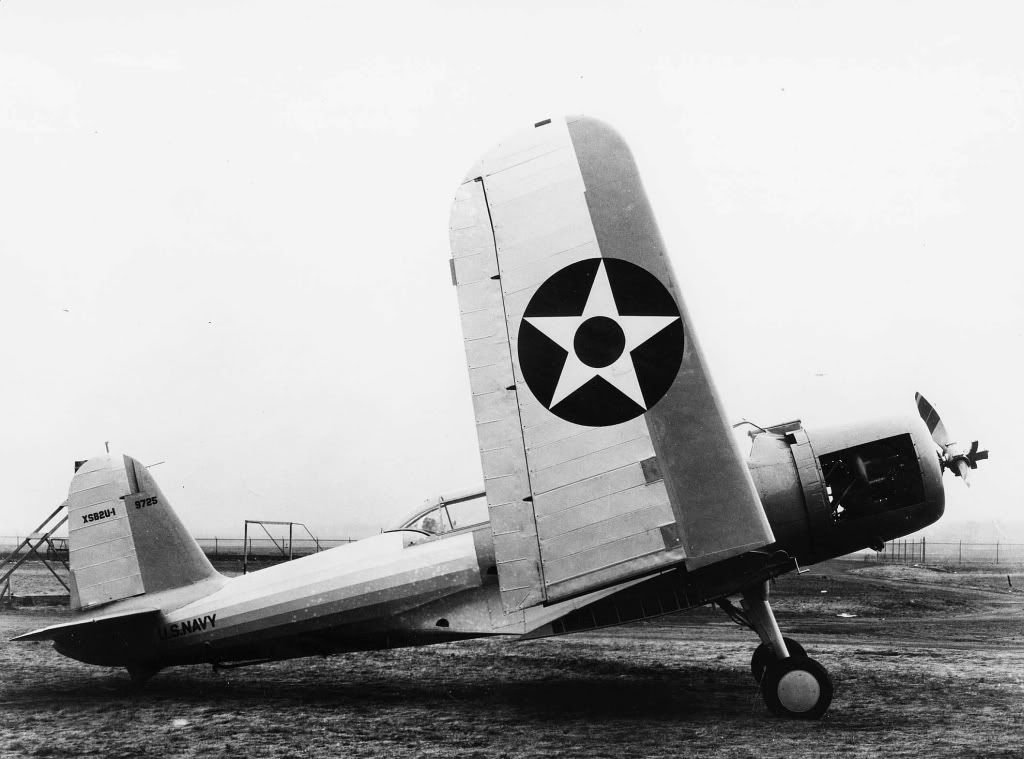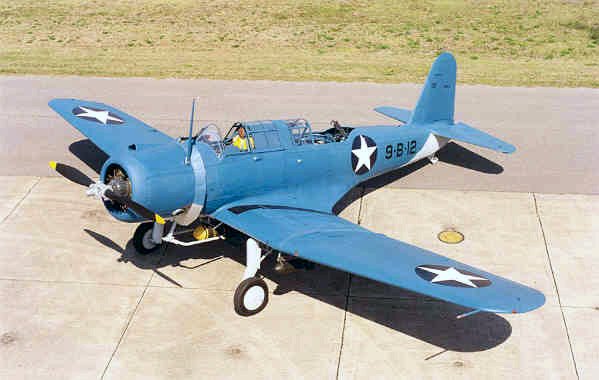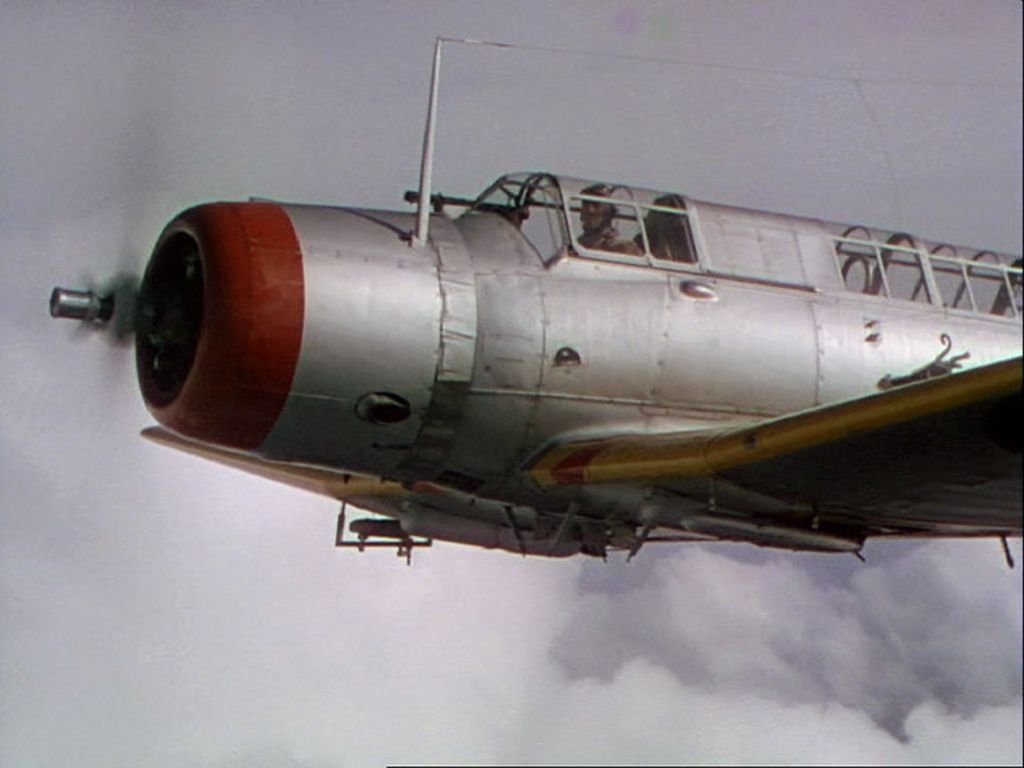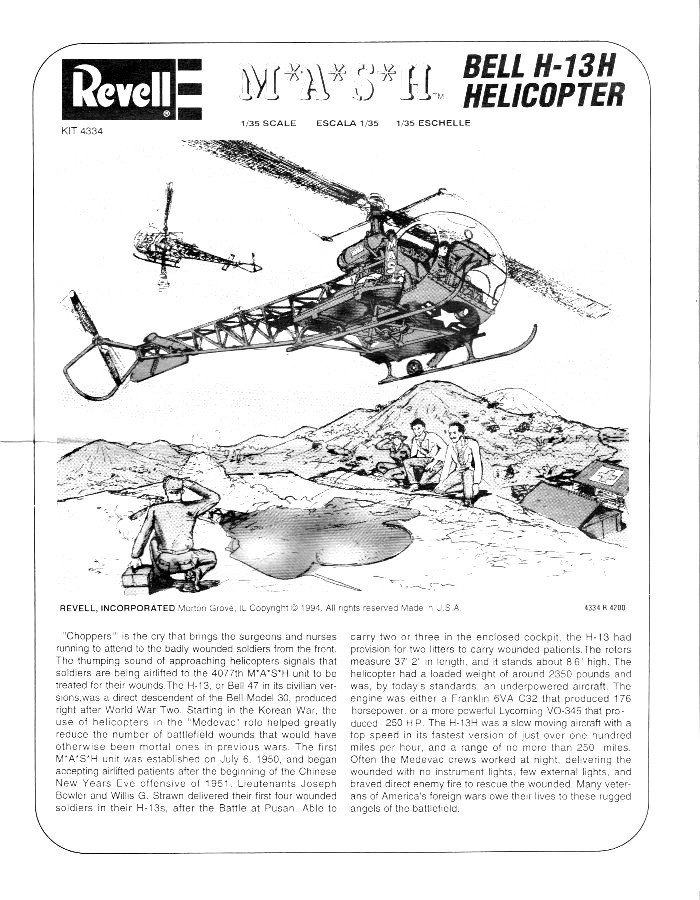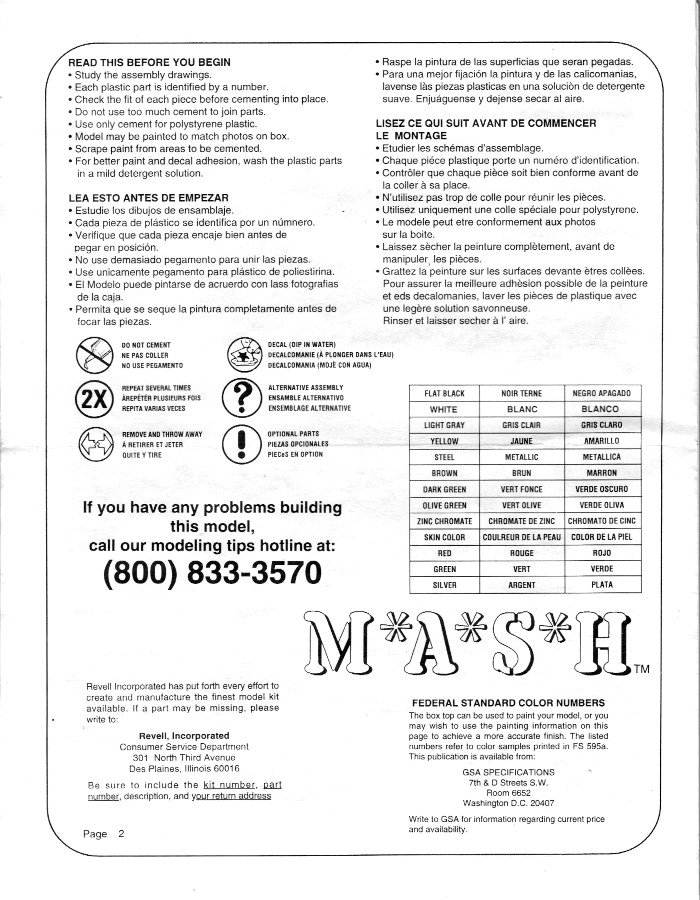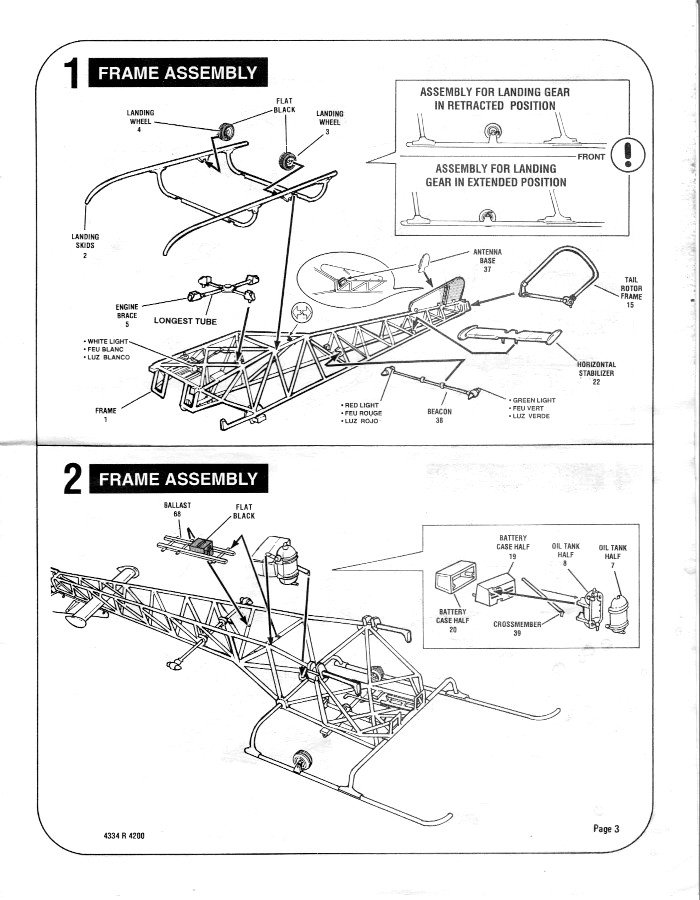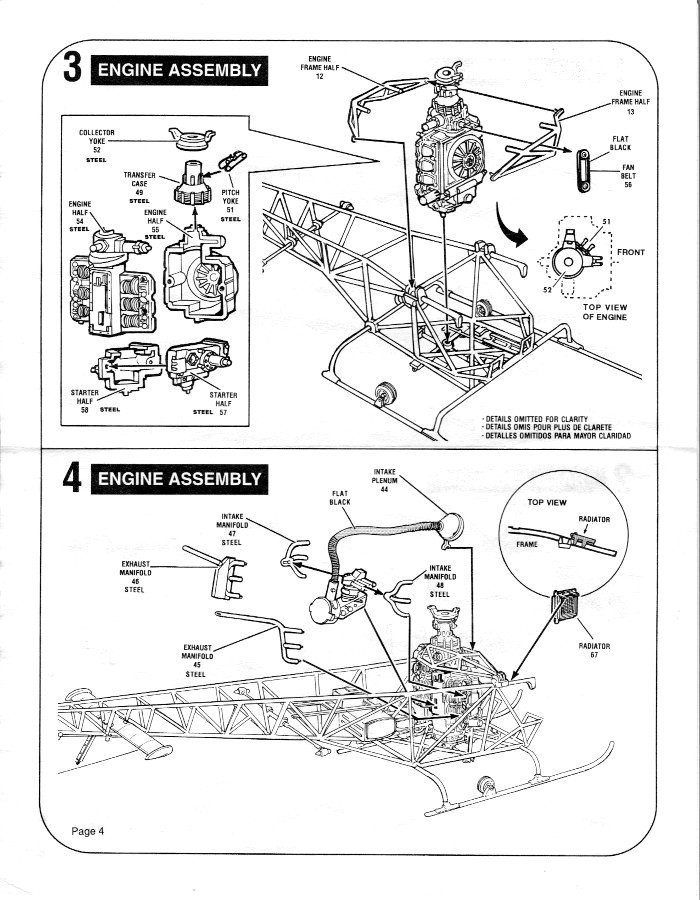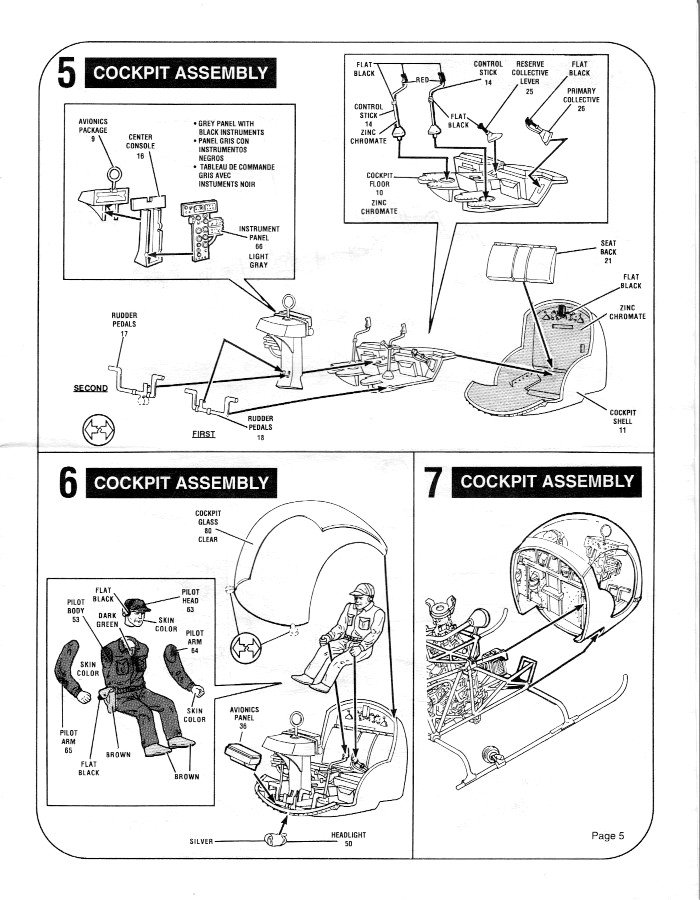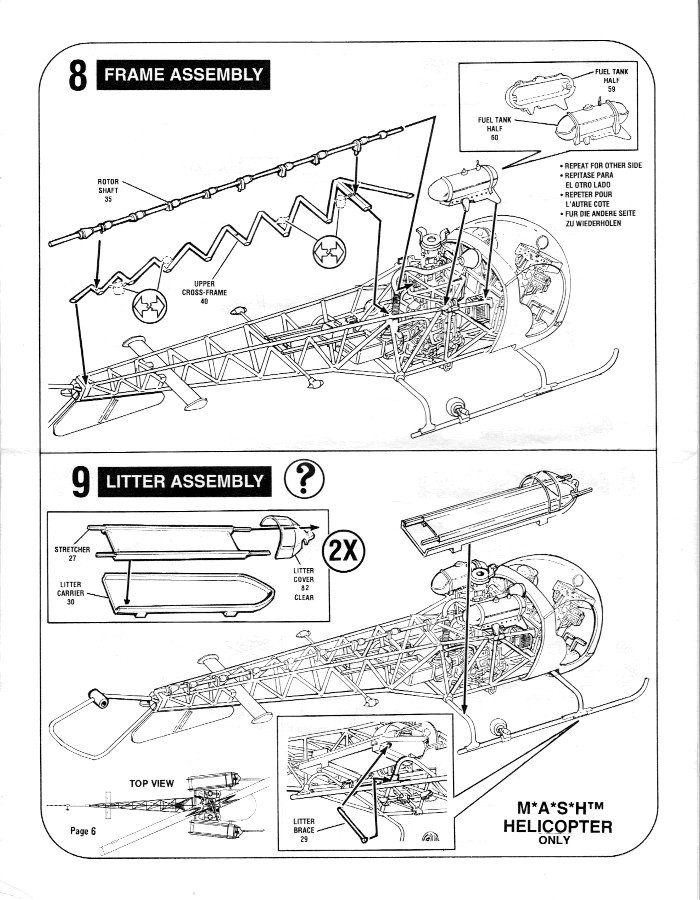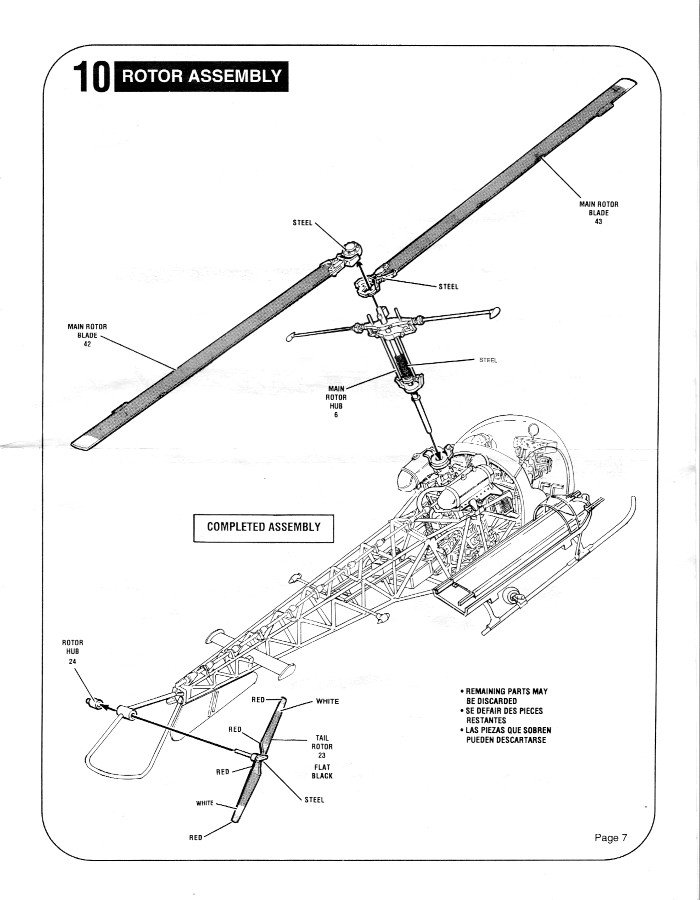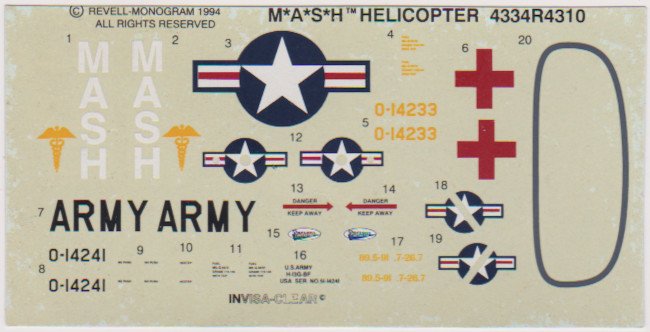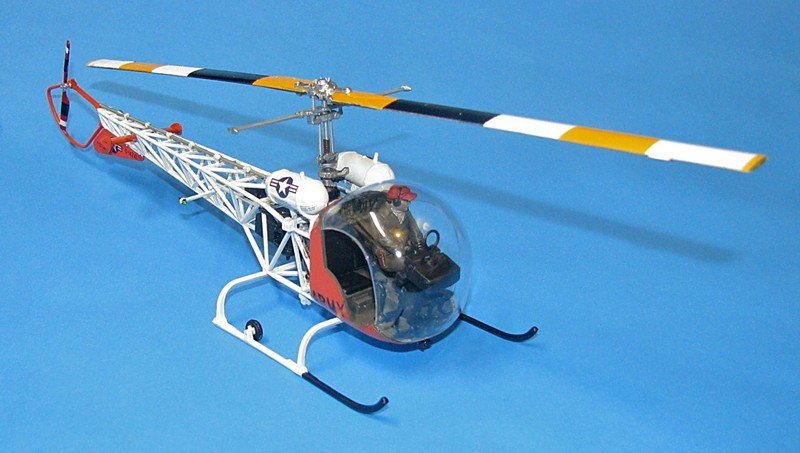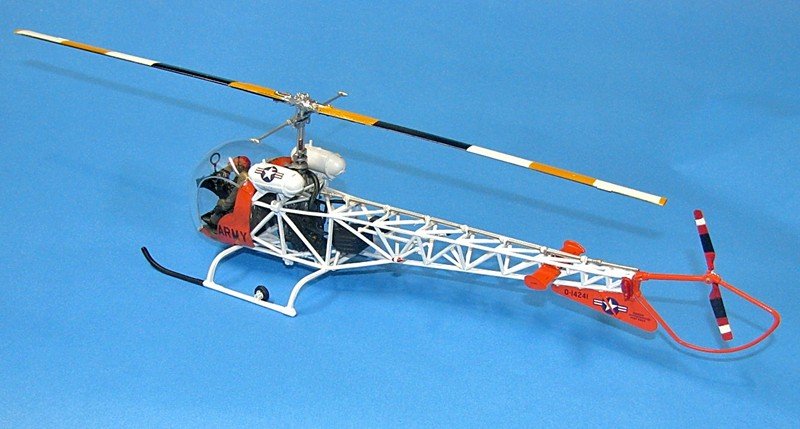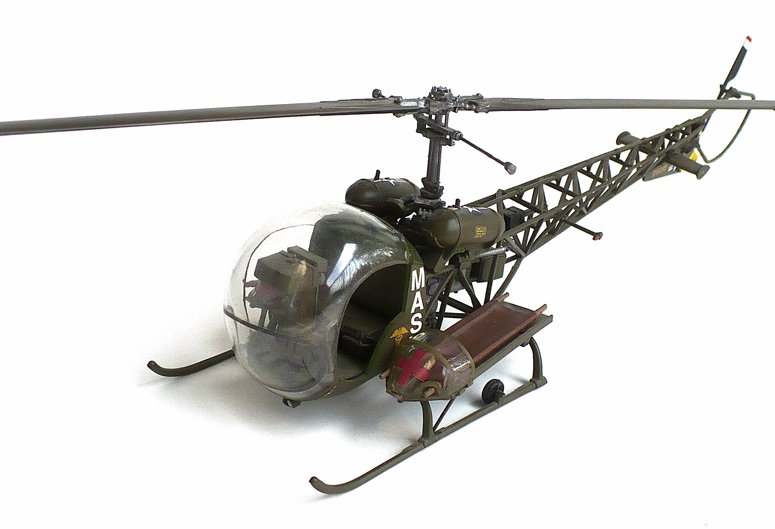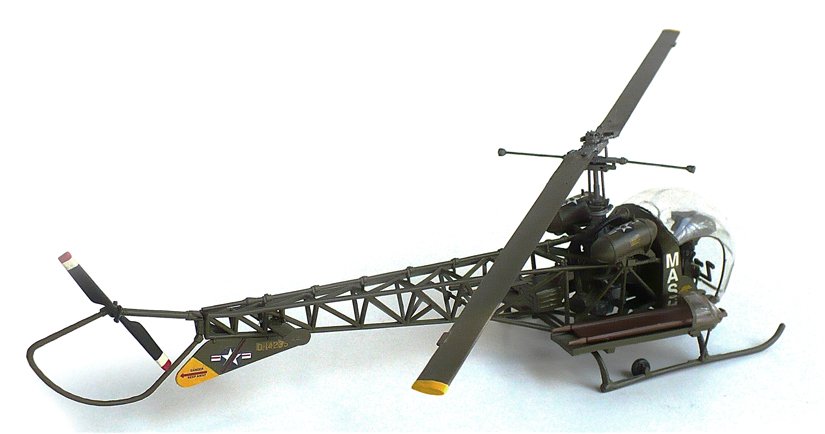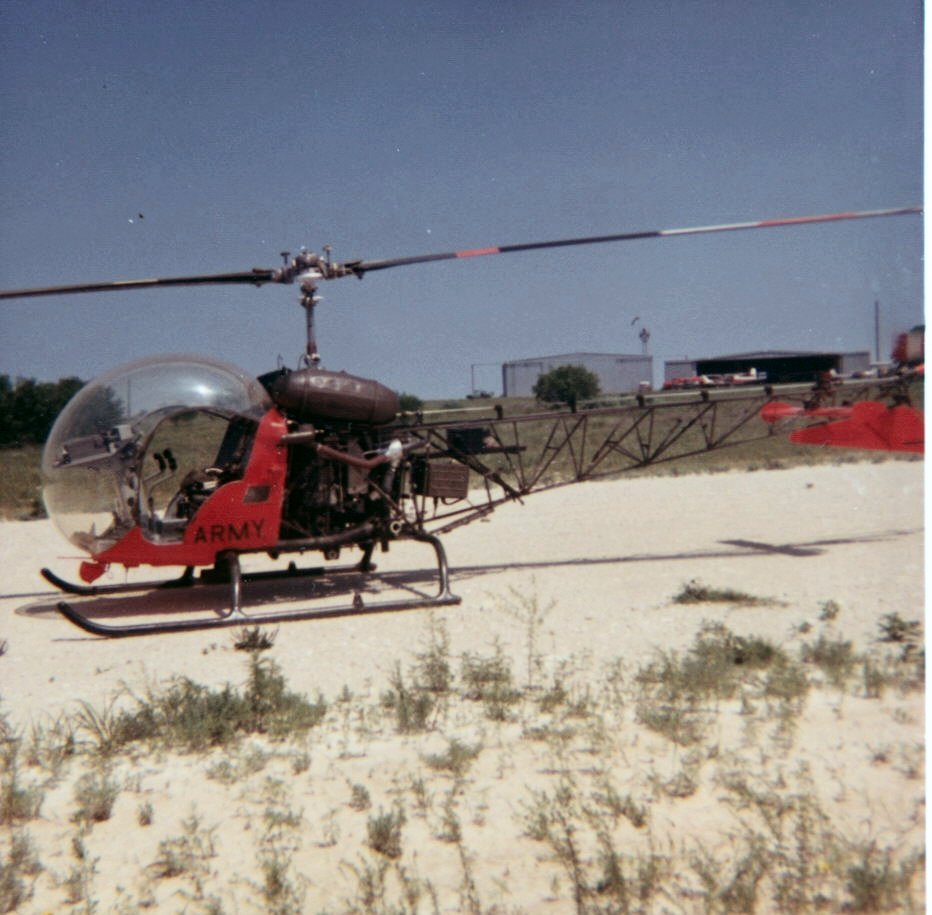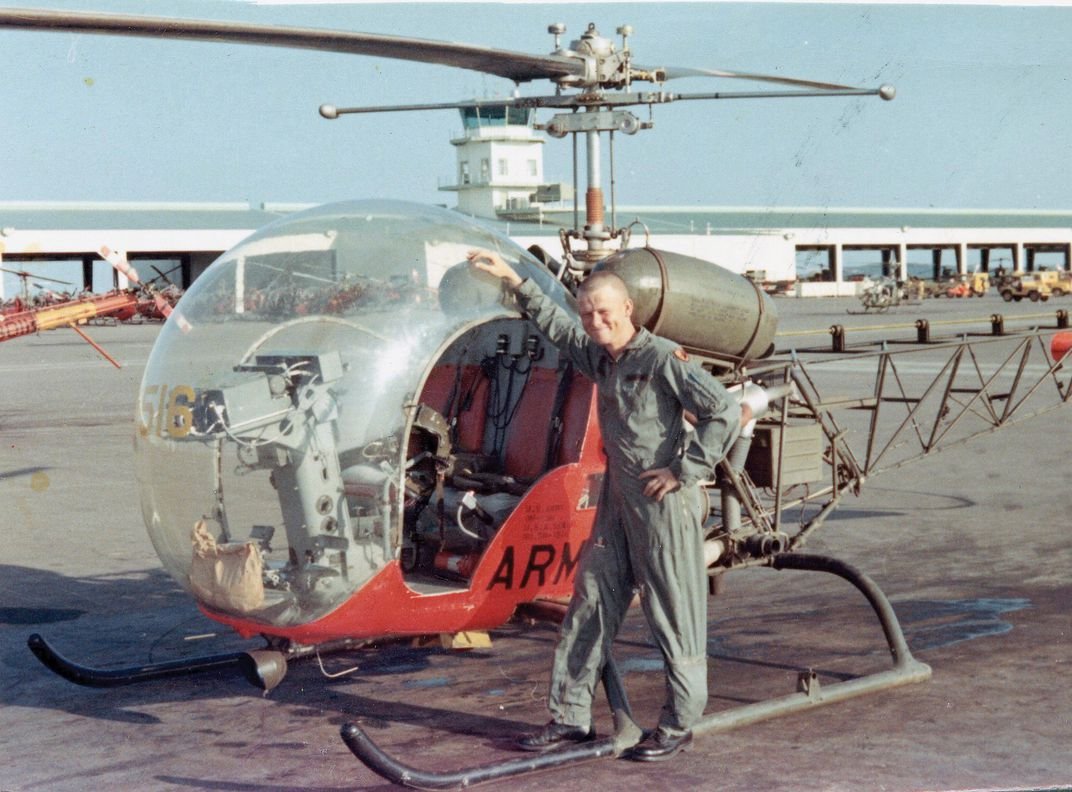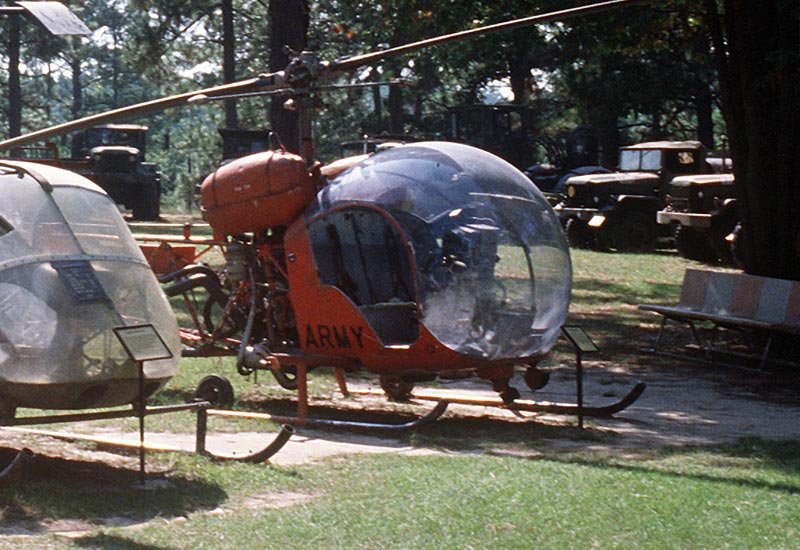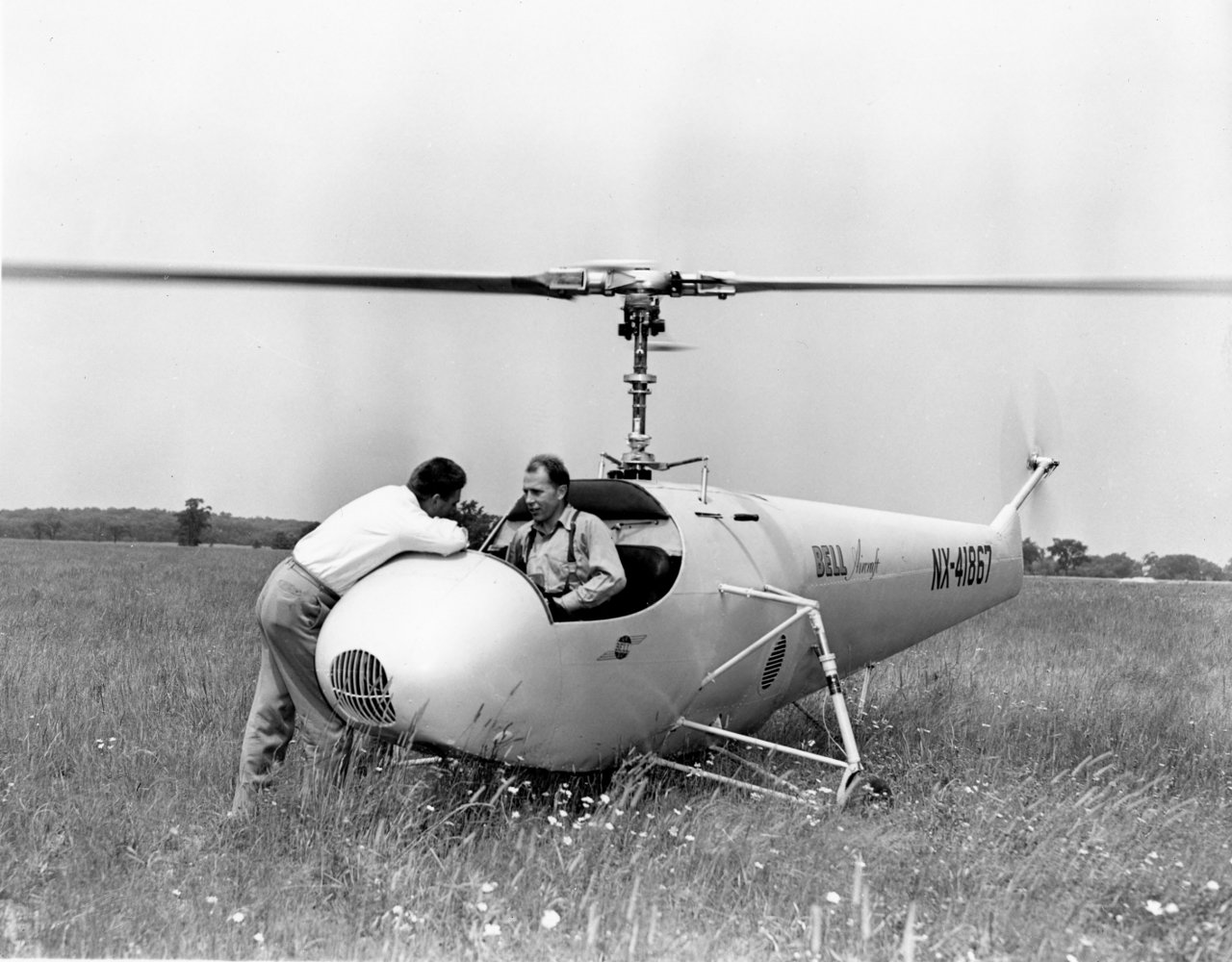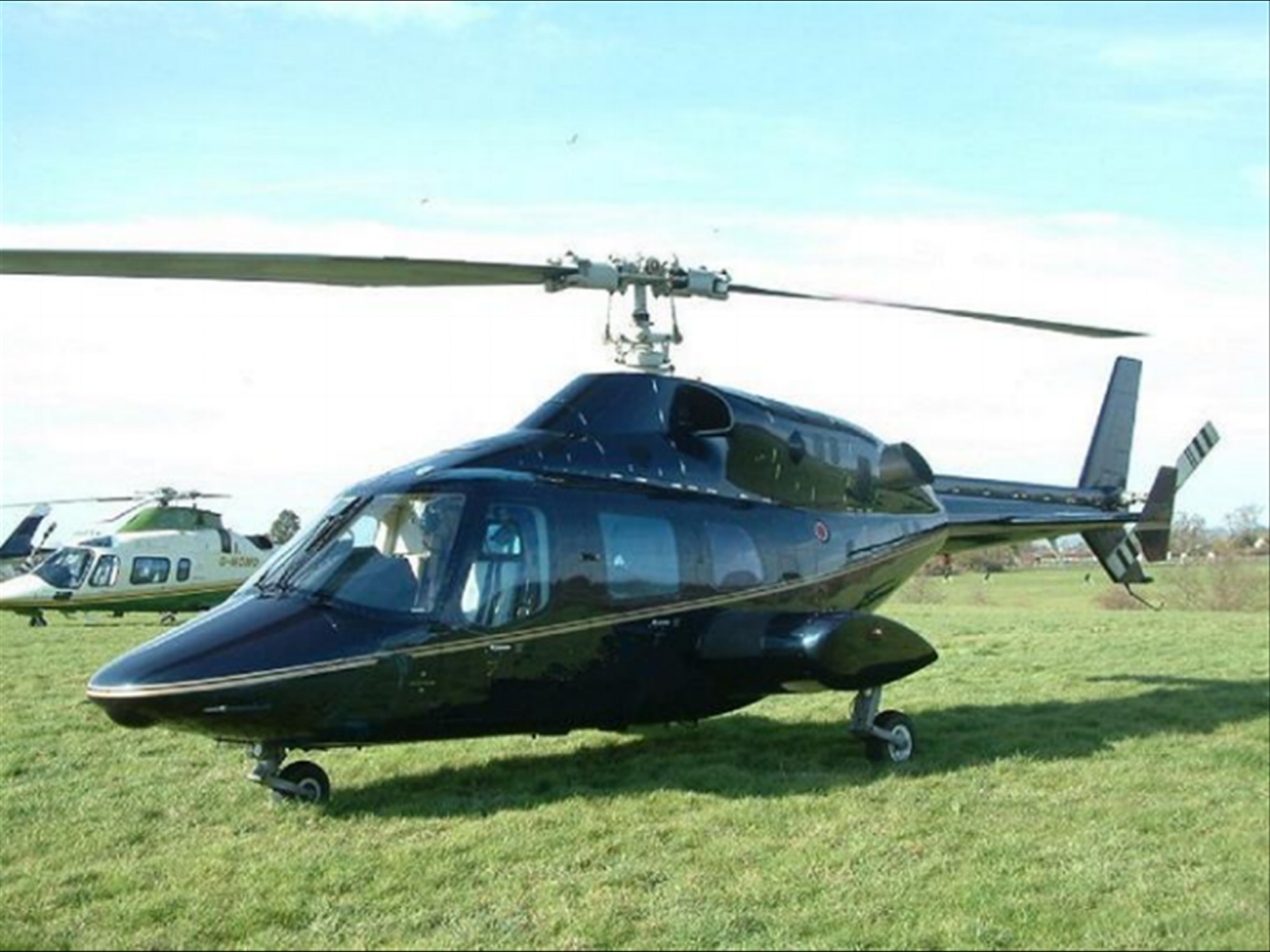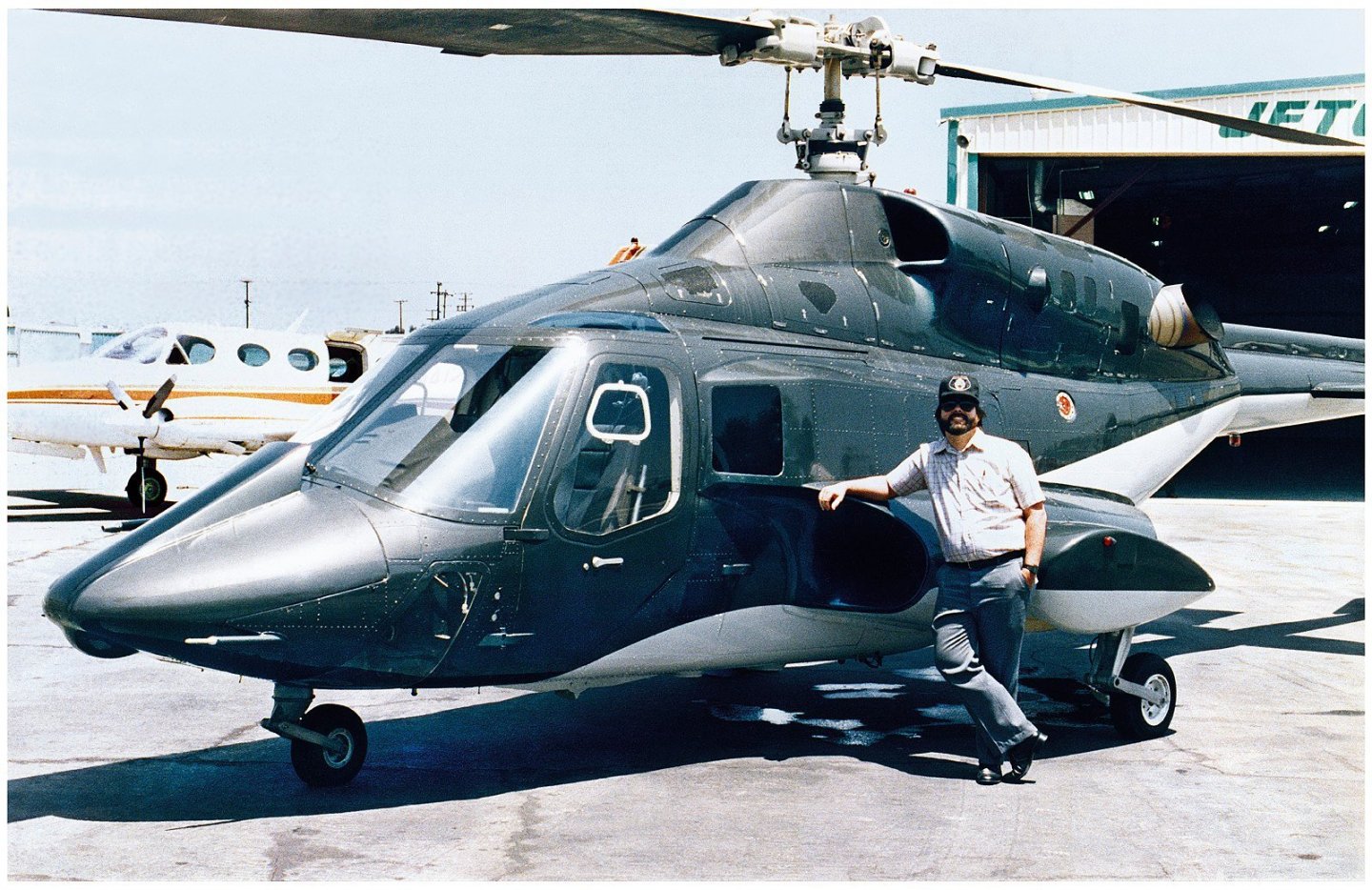-
Posts
4,377 -
Joined
-
Last visited
Content Type
Profiles
Forums
Gallery
Events
Everything posted by Egilman
-
Simple math brother, Dumas says it is 33" long and 1/30th scale..... At an actual size of 960"and a scale size of 33" that makes it 1/29th scale, 1/32nd scale wouldn't look too out of place.... The M3 37mm is roughly 13ft long with trails, in 1/29th scale that is roughly five and three eights inch long, in 1/32nd scale it is four and seven eights inches long, 1/35th scale it is roughly four and a half inches long.... Barrel length is roughly 7 feet (6'11") x12 = 84" / 29 = 2.9" long; in 1/32 scale 84 / 32 = 2.625" long; in 1/35th scale 2.4" long.... 1/32nd would pass in a pinch, 1/35th is way too short to any one who understands, it would be obviously underscale.... If there isn't a 3D printer that has a scalable M3 then the only option is grab a 1/35 model (Bronco) and scratch one up at 15% larger.... Interesting but very doable challenge.....
-
All the services had their own training facilities, by far the Army's were the largest though..... One big difference in approach, US Airforce, Navy, (including Marine) and Coast Guard Helicopter pilots (initially trained thru the Navy) had to be academy graduated officers and fixed wing pilots first before they could qualify for helicopter school.... Navy policy ws that helicopter training was a post graduate aeronautical occupation not open to enlisted personnel..... The Army took a different tack, Helicopter pilots could be recruits straight out of boot camp and complete initial flight training as warrant officers.... Not needing a degree.....Then there is this... April 23, 1964–The Chief of Naval Operations broadened the opportunities for Naval Aviators to qualify as helicopter pilots by extending responsibilities for transition training to commands outside the Flight Training Command.... Two months later, the Airforce also went the same route and the Army accommodated them.... They opened up an officers training course at Ft Wolters for primary helicopter training.... Officers from other services could get their initial training along side Army officers then moving on to their respective advanced schools of helicopter training... The reason was simple, the need for butts in the seats created by the expanding Vietnam war. Navy and Airforce primary helicopter school is and always has been a transition training, taking fixed wing aviator officers and giving them a new skill..... Ft Wolters trained some of them, not all of them mind you, but a good share of them when existing in branch training facilities were working at capacity and unable to meet the need..... The Army had the capacity...... The first two Naval officers trained to fly helicopters were trained by Sikorsky's test pilot at their Bridgeport CT factory by their chief test pilot in 1943 flying the R4 Hoverfly.... the first Naval helicopter training facility was set up in Maryland and was primarily a research and development installation that also trained pilots.... Army usage of the Helicopter in Korea didn't start until mid '51 using H-13's... Before that the Airforce, Navy and Marines were using their WWII age H-6's not only for search and rescue but for air ambulance services...... When the Army came in big with helicopters in '51, they pretty much took over the air ambulance duties and allowed the Airforce and Navy to do the search and rescue. the Marines continued doing both services until their H-19's arrived when they started the process of heavy air transport and eventually vertical troop delivery..... Eventually, they were joined in this by the Army with their H-19's and between the two services working in tandem created the whole airmobile concept during the Korean war.... Several of their troop insertion operations during Korea were battalion level troop movements... Actions that set the the stage for what the US military was going to become ten years later in Vietnam..... The whole history of the development and usage of the military helicopter is very fascinating, and represents one of the first truly combined arms efforts of the US military... It required all of the services to take a role and develop it to an ability to interact with all the other services in concert..... It can be argued that the interoperability of or different military branches was a direct result of the need to get the helicopter into useful action as quickly as possible.... it definitely required inter-service cooperation.... It's a fascinating story......
-
Yeah they were along with Hiller H-23 Ravens's and Hughes H-55 Osages's as well as H-13 Sioux's out of Ft Wolters, that was the primary helicopter flight school for all military helicopter pilots in the late 50's to early 70's..... I have a video of what it took in '67 to become a military helicopter pilot..... Shows Primary at Ft Wolters and Advanced at Ft Rucker.... At one time, the three largest heliports in the world were 1. An Khe, Vietnam, 2. Ft Rucker, Alabama, and 3. Ft Wolters, Texas..... Over 15,000 Chopper pilots got their wings at Ft Wolters..... By the end of 1972 3/4ths of all helicopter pilots in the world came through Forts Wolters and Rucker...
-
Full length, Full width, Fore & Aft planking on the main deck brother, Mahogany I believe but some of them used Spruce and some used a bonded Fir-Mahogany product from what I remember.... (they were different thicknesses across the beam, thinner in the middle as well if I remember correctly...... ---------------- Ah, I should have read farther, Al seems to have answered this already..... (with actual datum, good deal) And the second pic Al posted shows it was two layer laminated with airplane canvas glued in-between the layers... Looks great brother, the hatches and the rest of the wooden portions of the furniture were spruce plywood.... On the Gun, yes, Kennedy actually mounted a de-wheeled M-3 37mm gun to the bow on some timbers he had lashed to the foredeck.... They never got to use it though, the next patrol they were run down.....
-
Next up the 1997 MRC #BA109 Bell HTL-4 United States Coast Guard Helicopter.... This kit is a re-release of the MRC Bell 47D MASH Helicopter #BA102 from 1993 with the addition of two extra sprues consisting of the floats other than that it is a complete BA102.... The Sprues 112 parts, many of them optional depending on which Bell 47D version you are building.... The Instructions... As you can see there is only one version in the kit a Coast Guard HTL-4 from 1952... The Decals... Pretty basic but we do have stars and warning tags & rotor blade markings.... pretty much nothing else... so I will have to dip into my stash of old decals.... The Kit as you can plainly see from the sprues has the extra parts to build an accurate H-13D or E model air ambulance or a machine gun mounted scout chopper... But I need the instructions.... Searching the internet I found the instructions for the Fujimi version of the kit...... (the mash version of the kit was re-released by Academy #02194 in 1998, re-released again in 2004, and this HTL-4 version as well, at some point Fujimi also released the mash version but I don't have a date) Fujimi Instructions..... I guess it's still available in Japan.... https://www.suruga-ya.jp/kaitori_detail/603064410 1500 yen.... As you can see, with this set of instructions, you can use the optional parts to build the original Army ambulance/medevac version of the kit as well as the early gunship and Navy versions..... (will have to make due on decals though) So, what is it we can actually build.... I'm aiming for a Korean war air ambulance version.... So what were the actual versions used... That a screen cap of one of the two H-13E's used in making the mash movie and TV series.... Of course it is not accurate for a 1950's H-13D or E model Bell 47D-1... Actually we are in luck today, one of the Helicopters used in the series is actually for sale today.... And the owner bought it from the Navy had it restored to the exact configuration Bell Helicopter assembled it into for the US Navy, an HTL-4..... The story on this bird runs like this.... This Bell 47-D1 s/n 263 was built in July 1951 at the Bell Aircraft Assembly plant in Niagara, New York. It was delegated to the U.S. Navy and was used as a helicopter trainer until 1958 when it was surplussed out of the Navy. In 1972 it was purchased by Adrian Grieve, owner and operator of Pathfinder Helicopters in Riverside, CA. It was completely rebuilt to Bell Helicopter specifications and received a Standard Airworthiness Certificate in 1973. S/n 263 was used in various action movies. Its most notable role was starring in the hit television show M.A.S.H. In the opening scene where two helicopters are flying formation, 263 is closest to the camera, In the second scene, 263 is the second helicopter on approach to the landing pads. During the ten years that M.A.S.H. was filmed, 263 was utilized many times both as set dressing and in flying scenes. 263 was utilized in the final departure scene of the final episode, one of the most watched TV episodes of all time. When filming ended in 1981, 263 was sold to a rancher who used it for crop-dusting and counting cattle. Several years ago it was sold to the current owner who restored it back to its original MASH TV show configuration. Located: Reno, Nevada and for sale.... Not exactly what I'm looking to build but close..... So what is an HTL-4 and how does it equate to an H-13D or E? WE have to go back to the initial mass purchase by the Army of bell Helicopters to figure this out... The Bell Helicopters the army initially purchased were Bell Model 47A's classified by the army as; the YR-13, YR-13A and by the Navy as the HTL-1.... The initial production version, the "Model 47A", was a two-seat helicopter with an enclosed airframe, four-wheel undercarriage, and a 175-HP Franklin O-335-1 engine. The US Army bought 18 Bell 47As, for evaluation, 13 of them being given the designation of "YR-13", with three kitted up for Arctic trials under the designation of "YR-13A". Some sources hint that the YR-13s were later given the updated designation of "YH-13". The US Navy obtained another ten for evaluation, under the designation of "HTL-1". The Navy would always be a minority user of the Model 47, using the type largely for training, instead of utility use. Model 47B series The Bell 47A was followed by the "Model 47B-1", with a fully-enclosed fuselage and an automobile-style cockpit, powered by a 178-HP Franklin 6V4-178-B3 engine. Young the designer didn't like the idea, and it didn't sell; Bell had been banking on a boom market for private helicopters in the postwar period, but it didn't materialize. However, there was a commercial market, leading to the Model 47B-2 and Model 47B-3 -- optimized for agricultural use, the Model 47B-2 being for crop spraying, the other, (Model 47B-3) for crop dusting. They were identical except for the agricultural equipment; they reverted to the bubble cockpit and open airframe, and were powered by a 178-HP Franklin 6V4-178-B3 engine. No military purchases though but commercial sales proved very good. Next up was the Model 47D series, (there was never a Model 47C) Bell went on to an improved commercial version, the Bell Model 47D which received FAA type certification in late 1947. The Model 47D featured an improved two-piece bubble canopy with a removeable top and an enclosed airframe using fabric covering. The fabric covering was at the insistence of Larry Bell, who was basically a salesman and felt an open airframe would make the machine look unfinished. Young again, didn't like the covering, since all it did was add weight and make the machine more sensitive to crosswinds. The Model 47D was powered by a 178-HP Franklin 6V4-178-B32 engine. It was available in a float version, the "Model 47D-S". However, rival helicopter designer Stanley Hiller had introduced his "Model 360" helicopter, in the same class with the Model 47, but with three seats and other improvements. Bell had to respond, coming up with a major re-design, the "Model 47D-1", also with three seats. The third seat was accommodated by reducing weight, (reverting to the open frame, adopting skid landing gear, and using a single-piece bubble cockpit) as well as by uprating to a Franklin O-335-5 engine, providing 200 HP. Model 47D-1 became the first mass purchased helicopter of the US Military, they became the H-13B, the H-13C Army modified Air Ambulances and the Navy version HTL-2 The US Army bought 65 Model 47D-1's with dual controls under the designation "H-13B" (calling it the "Sioux", the Army liking names of American native tribes for their flying machines) The US Navy bought 12 Model 47D-1's as the "HTL-2". The Army converted 16 of their H-13B's (Model 47D-1's) to the "H-13C" air ambulance configuration, with an external stretcher on each side of the cabin. Bell continued development of the Model 47D-1 for the military with their requested modifications.... Model 47D-1 Modified became the H-13D, the Navy Version the HTL-4; The Army obtained 87 "H-13D's", which were new Bell Helicopter built H-13C's with Bell engineered litter carriers on each side of the cabin. The Navy bought 46 H-13D's with dual controls as the "HTL-4" (air ambulances for the Marines) Further modification and purchases..... The Model 47D-1 further modified became the H-13E, the Navy version the HTL-5 This Army version came with dual controls and a third middle seat, obtaining 490 of this variant as the "H-13E". The Navy bought 36 Bell 47D-1's as the "HTL-5" As a US Army bird, it can be an H-13C, D, or E, or a US Navy HTL 4 or 5.... They were all the same, the only difference being who built the thing, which Franklin engine it had, and how the military modified it for whatever use they decided to put it to... An H-13E in Korea at a mash unit...... Nothing fancy here, basic H-13D-E with dual controls and stretchers...... Most of these helicopters are no longer flying as they cannot be type certified for flight status without major upgrades so we have to look for them in museums or collections... Like this one.... Or these.... And this last one has been updated to current standards so the electronics package isn't period.... but the basic airframe should be good.... So overall I'll be building a basic 1951 air ambulance as used by the US army in Korea.... I would recommend anyone wishing to build an accurate Korean War air ambulance get the HTL kits, they usually sell for half the price of the Mash designated kits and they are the same kit with an extra set of sprues.... EG
-

Jagdtiger by Jörgen - Tamiya - 1/35 - PLASTIC - Weathering
Egilman replied to Jörgen's topic in Non-ship/categorised builds
I'm here brother... The rest of the family will be along shortly.... -

Airplanes and Tanks in plastic by Jörgen
Egilman replied to Jörgen's topic in Non-ship/categorised builds
I think it will be as good as your planes, maybe better who knows... But with what you have shown, I wouldn't worry about it... -
Yeah, sounds like you have it sussed out... The CAG aircraft is a nice looking bird as well.... Going with the almost closed option means you can take the edge down to very narrow and give it the look like it is just a thin metal panel..... most wouldn't know the difference and it takes almost no time at all... Besides, it spent most of it's life with them closed or almost closed, so it would look more natural that way.... Good deal brother, hope the pics helped...
-
If you don't mind Brother a few examples of what I'm talking about... SB2U-1 SB2U-2 SB2U-3 SB2U-2, Again to show the difference And in color... SB2U-3 SB2U-2 Flat outer surface on the -2 Stamped reinforcement conforming to the stiffener underneath on the -3 The other thing you notice is the scoop, on the -3 it was larger and extended to the curve of the cowl, on the -2 it was shorter, lower in profile and was at least 18" behind the turn of the cowl..... Just a little detail difference they seem to have missed...
-
It's a good look, but the problem with the open cowl flaps is the same problem for all injection plastic, they are unrealistically thick.... Two ways to fix it, sand them down to thin them, but have to be careful not to sand too far, the other is they are easy scratch replacements if your willing to do the extra work, they are pretty straightforward.... I do not understand why eduard didn't etch the flaps themselves, it would be an easy replacement... I'm sure you will decide what works best for you, they were always mostly closed except for warm-ups, takeoff and climb out.... (fully closed on the hangar deck unless under maintenance) One thing to note on the kit part of the open flaps, they did not have separation lines, the actual flaps overlapped like shingles on a house, It would show as edges not grooves.... And the internal dish shaped flap stiffeners only showed on the outside as a line of rivet heads where the kit shows them more like airscoops.... Interesting problem to represent accurately....
-

Airplanes and Tanks in plastic by Jörgen
Egilman replied to Jörgen's topic in Non-ship/categorised builds
YEAH! me two three and four!!! Especially your finishing technique, it is extraordinary.... -
Wonderful work! But I agree with mark's observation, old concrete especially in an old automotive shop is definitely darker, and given the dark condition of the bench considerably darker... My experience is a dark sand brown with dark greyish walk patterns around the bays outside where the vehicles sit... Another thing, that large bevel gear on the bench, (probably an input gear to a large differential) shows this to be an old shop in farm country, something that handled trucks and tractors as well..... A cars differential input gear would be smaller and hypoid cut as well.... Old shops tell a story, each is individual, I can see the story coming out of this one....
-
Ok, the Models.... First up the 1994 Revell #4334 Mash 4077th Bell H-13H Helicopter.... It's an oldie and looks to have had some fairly rough treatment in various stashes over the years.... The Sprues.... Three sprues and a bare frame, two sprues and the frame are in hard olive green plastic and one sprue of clear..... Not too many parts, 70 in all... Instructions.... Decals.... The kit obviously models a fairy tale aircraft, no US military aircraft ever carried the word "MASH" on it's side.... As well as the helicopters used during Korea and even on the TV show were not H-13H's which is what the model depics.... The H-13H was first acquired by the Army in 1955, (it was a follow-on design to the H-13G which was first acquired by the Army in 1953) way too late to see service in Korea... It's main features (over the "G" model) were a 250hp up-rated Lycoming engine and upgraded landing skids.... You can tell the Lycoming engine by the valve covers, they are smooth with the Lycoming name embossed on the surface..... (exactly what the kit has) So that decidedly places this model in the post Korea/Vietnam era.... Avionics are all over the place for this thing from next to none to everything you could find in communications... Upgrade kits (for the real bird) are numerous as well from various armament packages to full on cabin heating systems the opportunities for scratch detailing are great.... The Kit has some deficiencies which I will get into during the build portion of this thread) Outside of the MASH lettering and Caduceus, the decals allow you to represent an H-13G or H model from almost any period after the Korean war... (as long as your not modeling a specific aircraft) Overall it looks to be a decent kit... The Kit offers two different schemes Mash Medevac.. And a high vis red & white scheme... Personally I'm now leaning towards something Ft Rucker.... (a nice red or red & green instrument training bird would be nice as well) Next up, the MRC HTL-4 Onwards...
-
Well a little history is in order.... While the helicopter received some attention, (and use) during World War II ( Kolibri FL282, Sikorsky H-4, H-5 & H-6), it was not until the Korean War that its practical battlefield value was put to the test. One of the most famous designs to emerge was the utilitarian Bell Model 47, (though in its military H-13 Sioux form) The Model 47 proved the consummate workhorse used in a myriad of military roles including medical transport and observation. From 1946 to 1974, some 5,600 were produced. The Model 47 can still be found in air spaces of today. The H-13 Sioux helicopter was acquired by the Army in 1946. It was the first Army aircraft named for an Indian tribe, a tradition that is still in use today. The H-13 was the primary Army helicopter used during the Korean War for all tasks (e.g. wire laying, liaison, reconnaissance and training), but most famously for Medical Evacuation (MedEvac) as portrayed in the Movie/TV series MASH. In the early 1960s at the beginning of the Vietnam War, the Army had 861 H-13's in its inventory. Although more advanced helicopters were the primary platforms in Vietnam, the H-13G thru S models proved useful as an observation helicopter and flying gun platform for the cavalry, infantry and air assault divisions. It was replaced with the OH-6A Cayuse and the OH-58 Kiowa in 1968/69 The Bell Model 47/H-13 Sioux sprung from the mind of Arthur M. Young. After graduation from Princeton University in 1927, Young searched for a suitable invention to develop. In 1928 he returned to his father's farm in Radnor, Pennsylvania, to begin twelve solitary years of efforts to develop the helicopter into a useful device. Young's private experiments with helicopter design had mostly involved small scale models. After twelve years on his own using the models, in early 1941, he took his results and models to the Bell Aircraft Company in Buffalo, New York, and the company agreed to build full-scale prototypes. With Bell behind him, he was issued the key patent, the rotor stabilizer bar (also known as a flybar) assigned it to Bell, and moved to Buffalo to work with them. In June 1942 he moved his five-person team to Gardenville, New York, a hamlet on the north border of West Seneca, New York, where they could work in relative secrecy. The first test flight of his prototype Bell Model 30 occurred in July 1943. Design and refinement continued and on March 8, 1946, the company received Helicopter Type Certificate H-1 for the world's first commercial helicopter, the Bell Model 47. The Model 47 improved on several facets of the original. Seating was increased to two and power was derived from either a Franklin- or Lycoming-branded engine, now increased in output power to as much as 300 horsepower. Bell sold the United States Army on the design and the type was adopted for service in 1946, too late to see operational service in World War II which officially ended in September of the previous year. The US Army designated the military version as the H-13 "Sioux" (in the US Navy as the HTL 1 thru 5 series) Video below is an HTL-5.... The type was featured heavily in the Korean War. (1950-1953) The Model 47 was also a civilian marketplace stalwart where it's simple construction and contained flight characteristics ensured it a lengthy reach as a multi-role utility mount. The Model 47 was even attributed with several helicopter flight records including a 1949 claim of reaching 18,550 feet for a helicopter, a 1950 feat seeing a Model 47 pass over the Alps and a 1952 world distance record of 1,217 miles from Hurst, Texas to Buffalo, New York. During the Korean War the Model 47/H-13 gained its classic appearance, including the bubble canopy and skeletal tail section. The type was used in the MEDEVAC role and as an airborne observation platform. It was the Model 47D that introduced the classic bubble canopy design. The Model 47D-1 appeared in 1949 It supported seating for three. The Model 47E introduced a Franklin powerplant with 200 horsepower output. Then came the Model 47F and the Model 47G which utilized a three-seating arrangement and "saddle bag" fuel tanks. Bell was granted foreign license production with the governments of Italy, Japan and the United Kingdom. Agusta produced the aircraft in Italy while Japanese manufacture was through Kawasaki Heavy Industries (as the KH-4). British mounts were produced by Westland Aircraft. Most Model 47s are no longer in direct military service but survive through various civilian endeavors - primarily in Agriculture, Tourism and the Museum industries. Nevertheless, they remain a classic, highly recognizable design that is almost universally recognized as the first "Whirlybird" The Bell Model 47 has been used/produced worldwide with many on public display as showpieces. Next up the models....
-
Better than when he was Lost in Space, but back then you didn't care that he was the only sane one on the show, (at least he was out of tights) Some of those shows you see today and wonder how they ever made it on TV.... SkyKing, Batman, The Green Hornet, Highway Patrol.... Voyage to the Bottom of the Sea..... Although Gunsmoke, Route 66, Adam 12 and The Rifleman hold up well, (better than most crap on TV today, well all of those are better than todays TV, at least they had a point)
About us
Modelshipworld - Advancing Ship Modeling through Research
SSL Secured
Your security is important for us so this Website is SSL-Secured
NRG Mailing Address
Nautical Research Guild
237 South Lincoln Street
Westmont IL, 60559-1917
Model Ship World ® and the MSW logo are Registered Trademarks, and belong to the Nautical Research Guild (United States Patent and Trademark Office: No. 6,929,264 & No. 6,929,274, registered Dec. 20, 2022)
Helpful Links
About the NRG
If you enjoy building ship models that are historically accurate as well as beautiful, then The Nautical Research Guild (NRG) is just right for you.
The Guild is a non-profit educational organization whose mission is to “Advance Ship Modeling Through Research”. We provide support to our members in their efforts to raise the quality of their model ships.
The Nautical Research Guild has published our world-renowned quarterly magazine, The Nautical Research Journal, since 1955. The pages of the Journal are full of articles by accomplished ship modelers who show you how they create those exquisite details on their models, and by maritime historians who show you the correct details to build. The Journal is available in both print and digital editions. Go to the NRG web site (www.thenrg.org) to download a complimentary digital copy of the Journal. The NRG also publishes plan sets, books and compilations of back issues of the Journal and the former Ships in Scale and Model Ship Builder magazines.

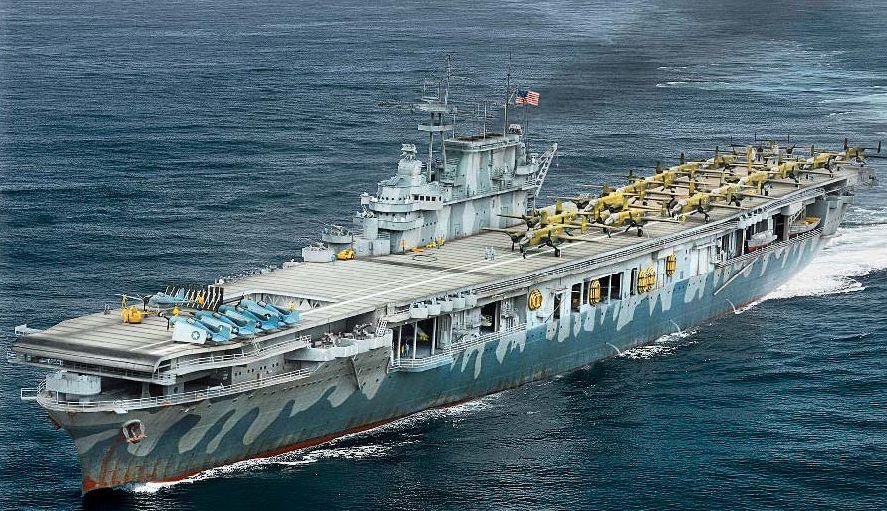


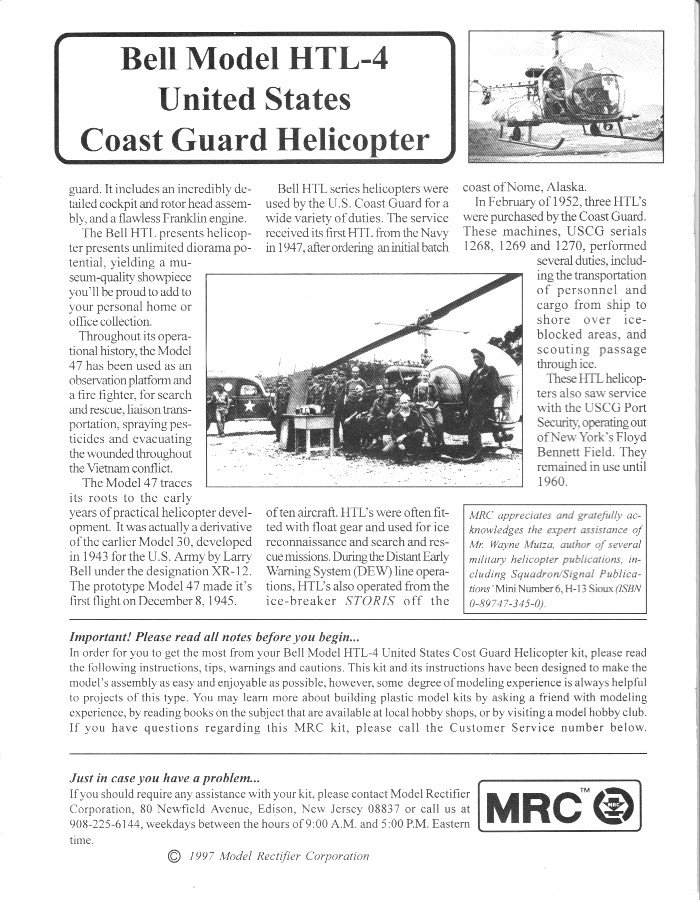
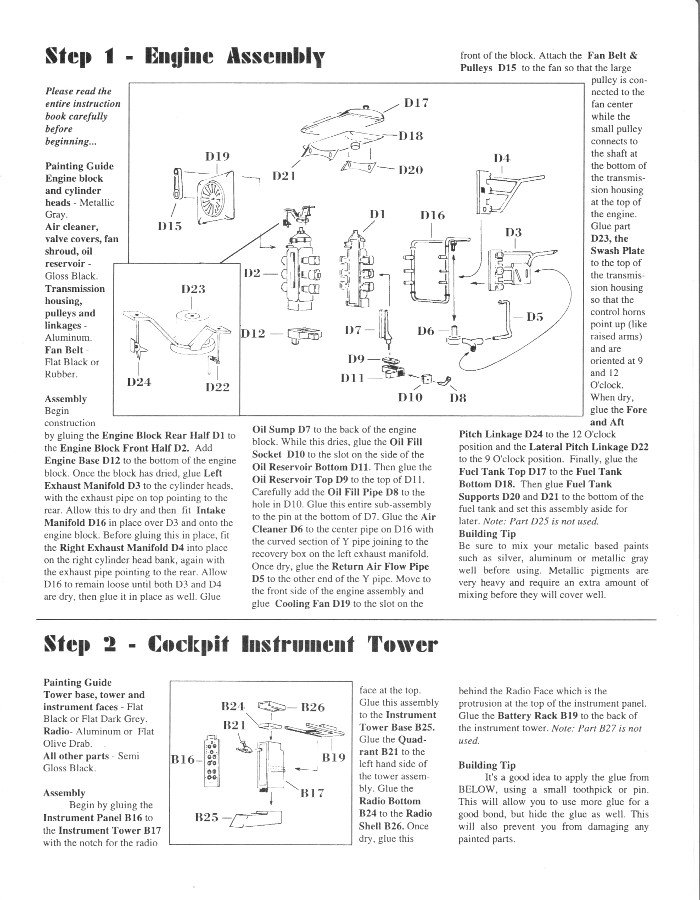
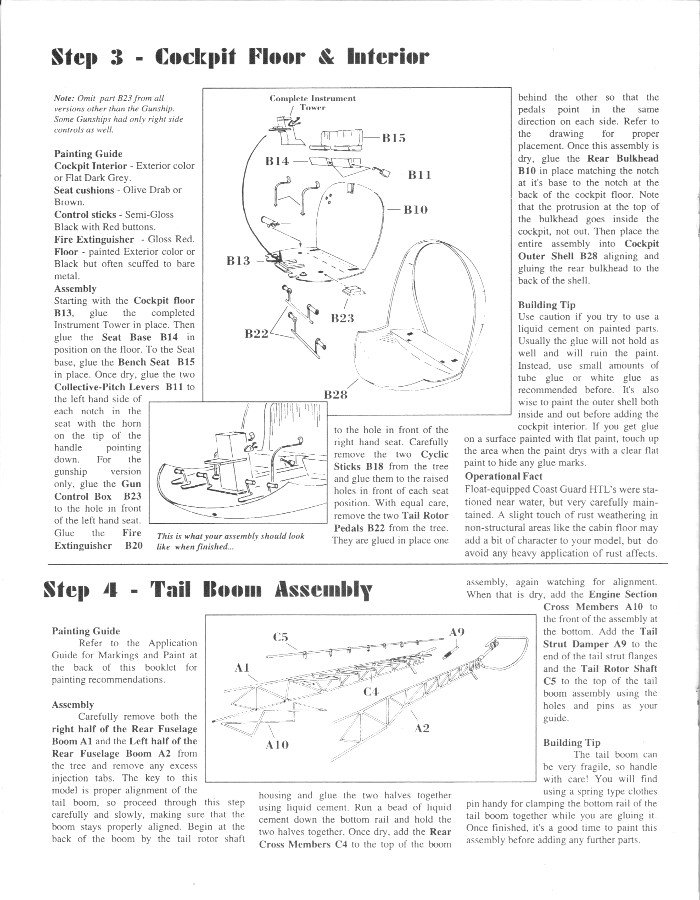
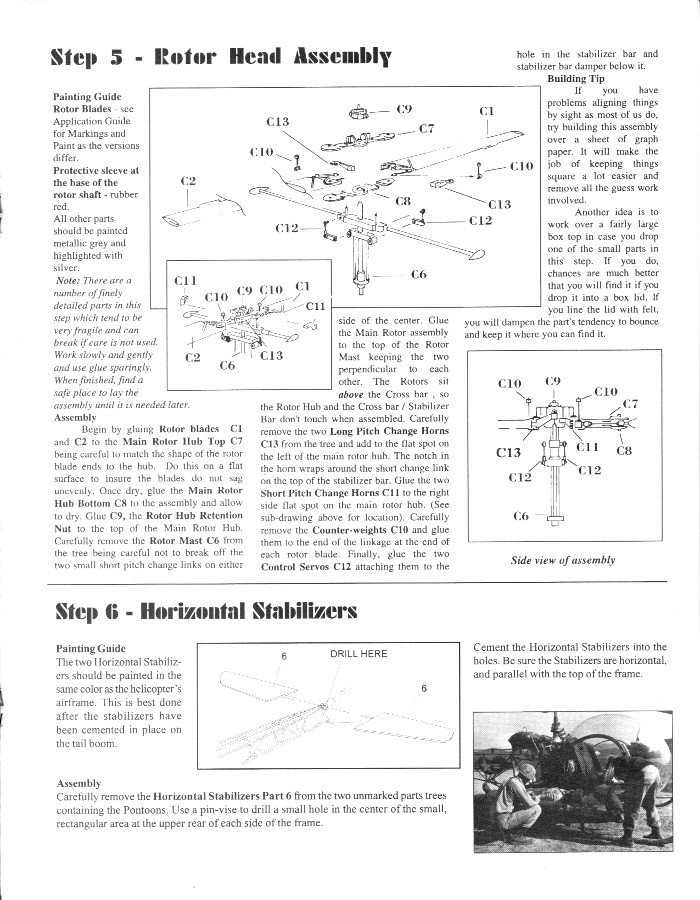

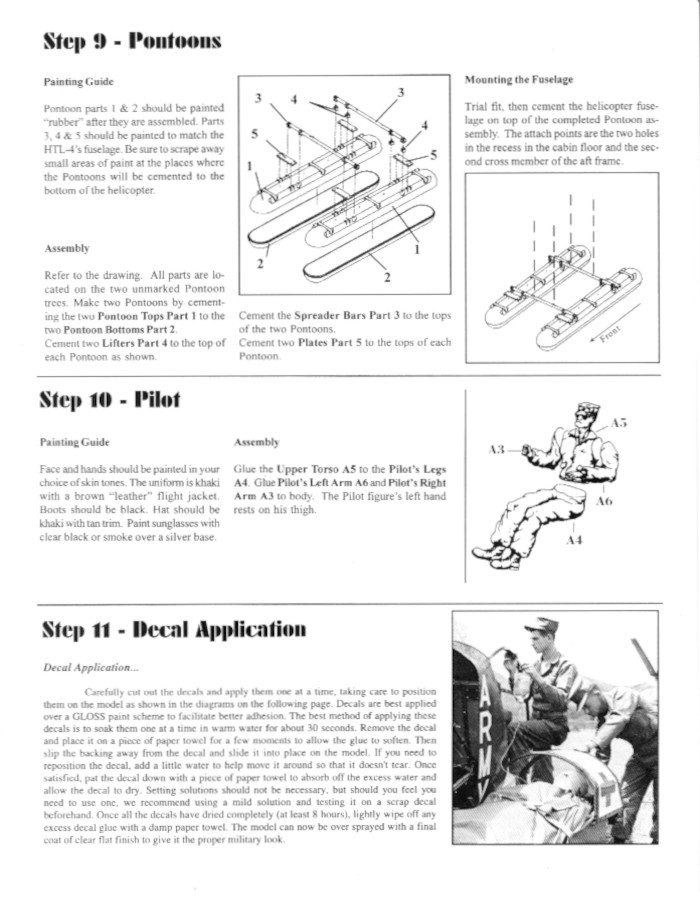

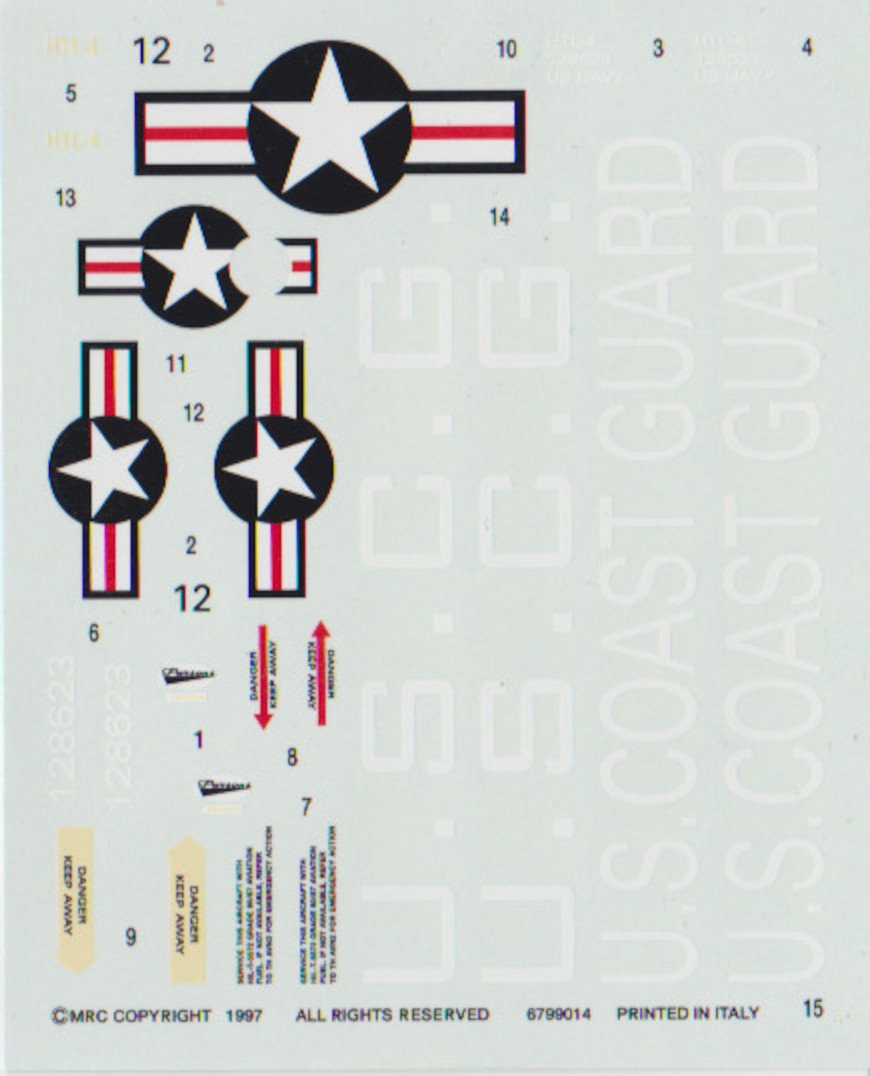
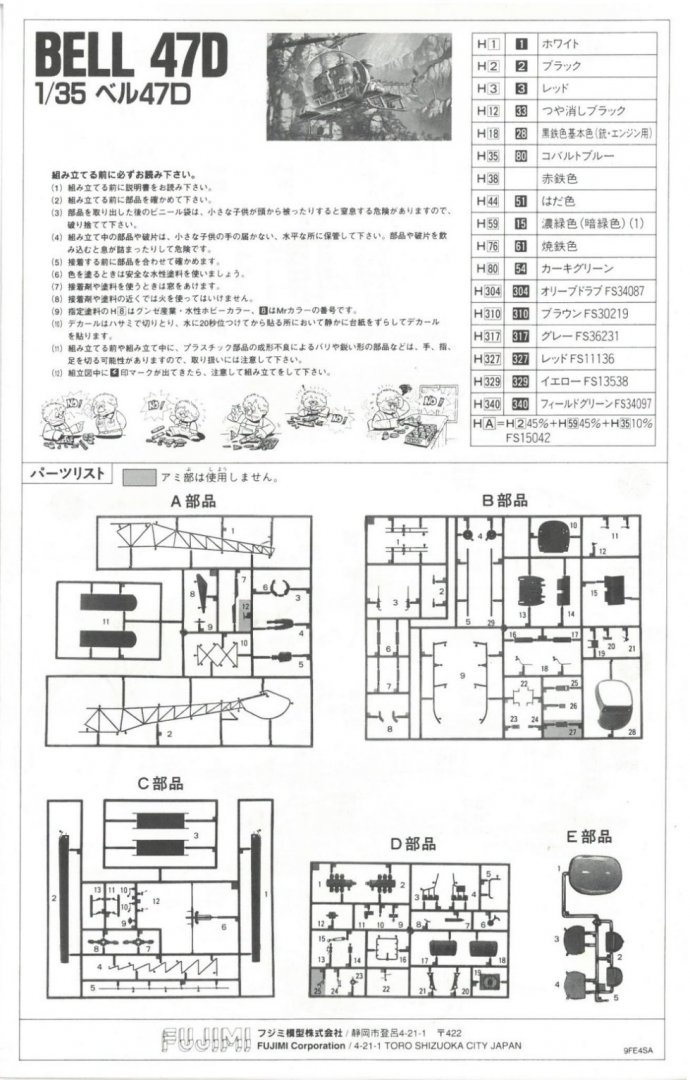

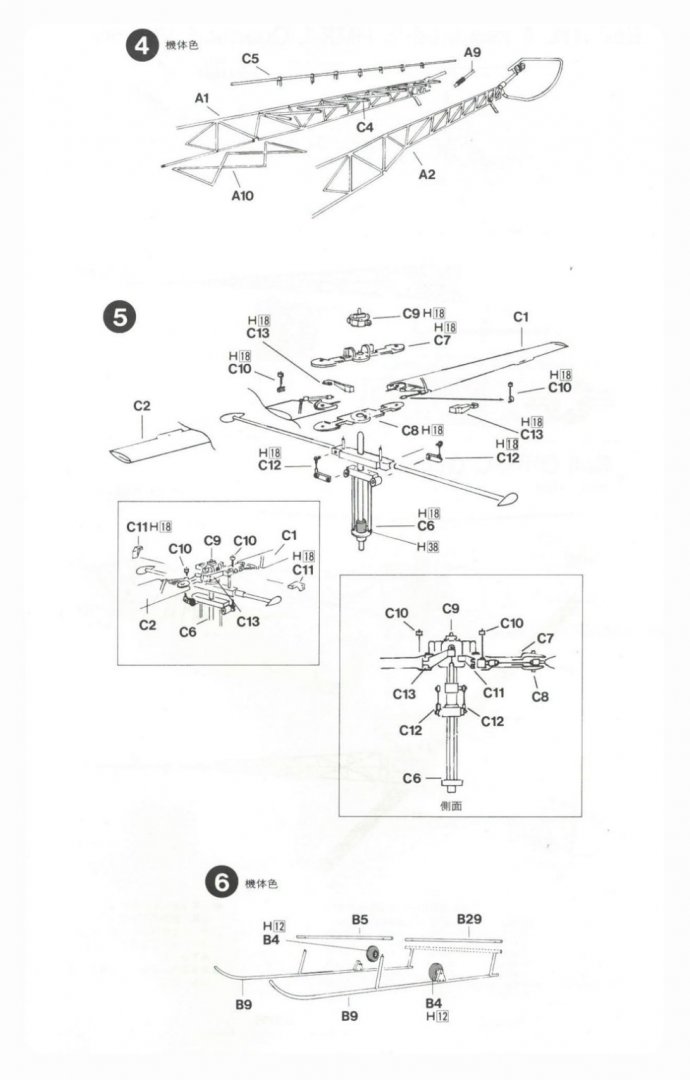
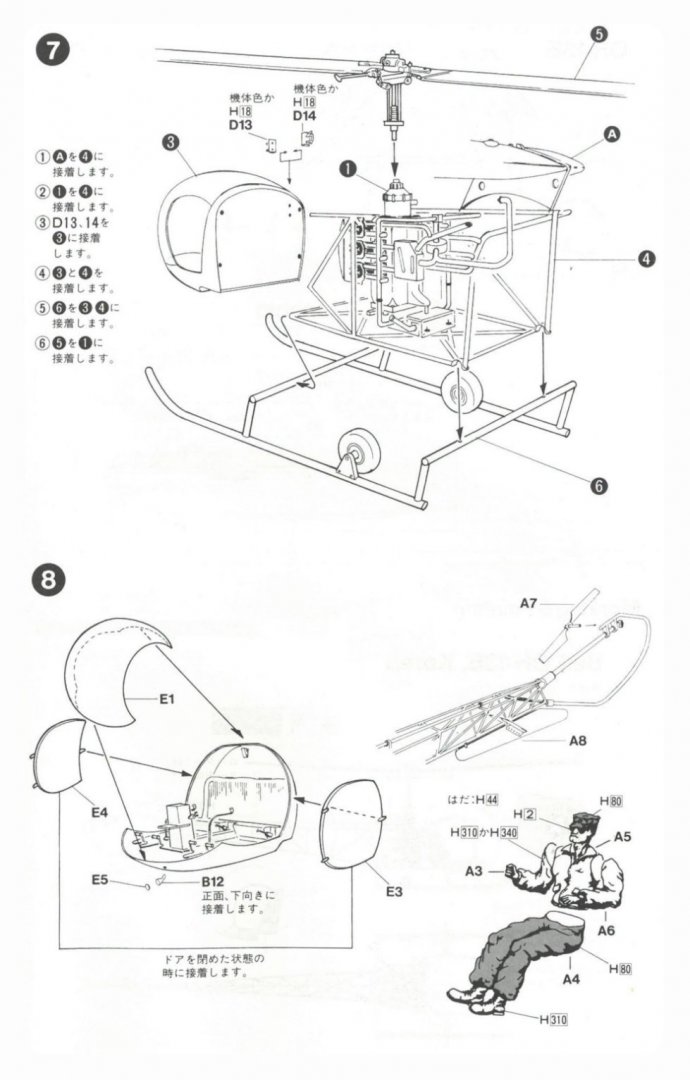
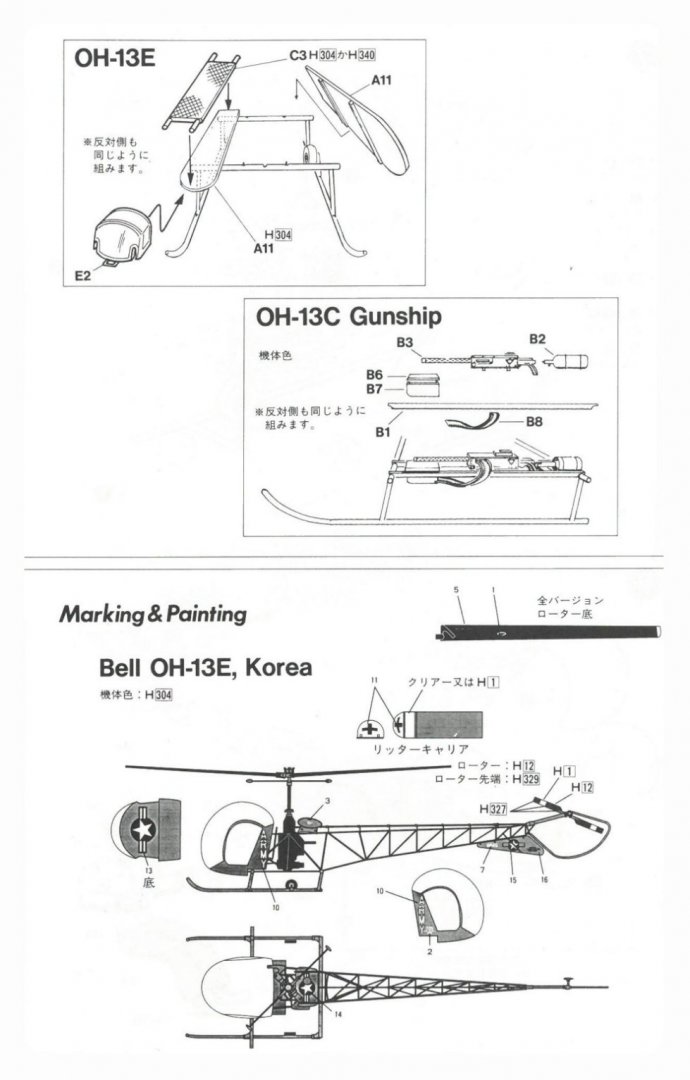
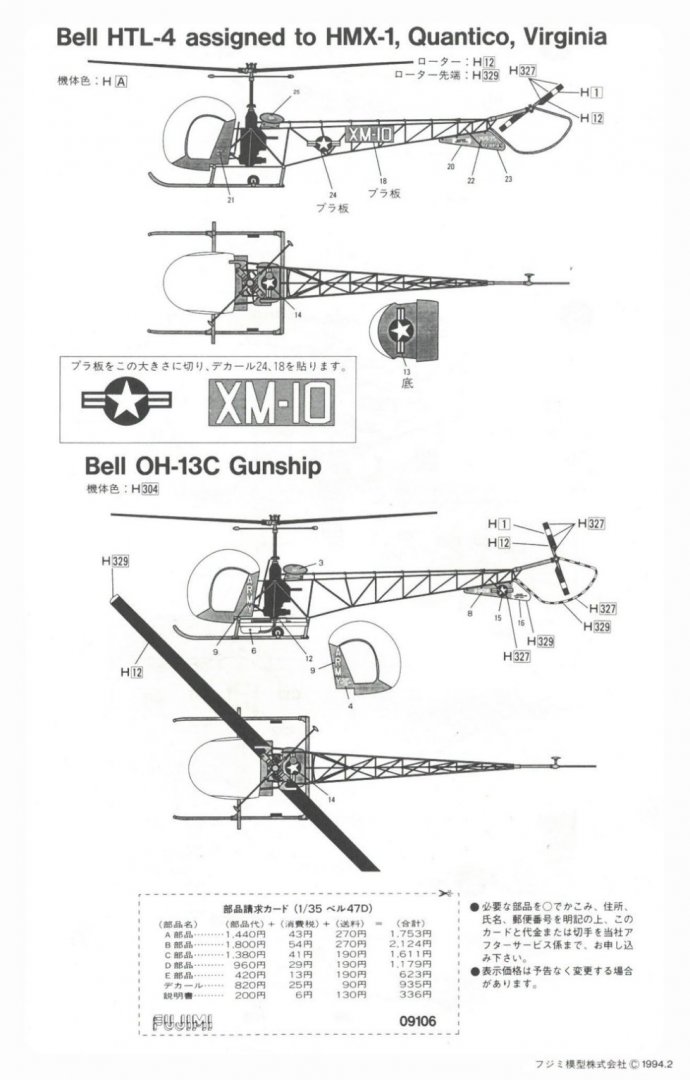
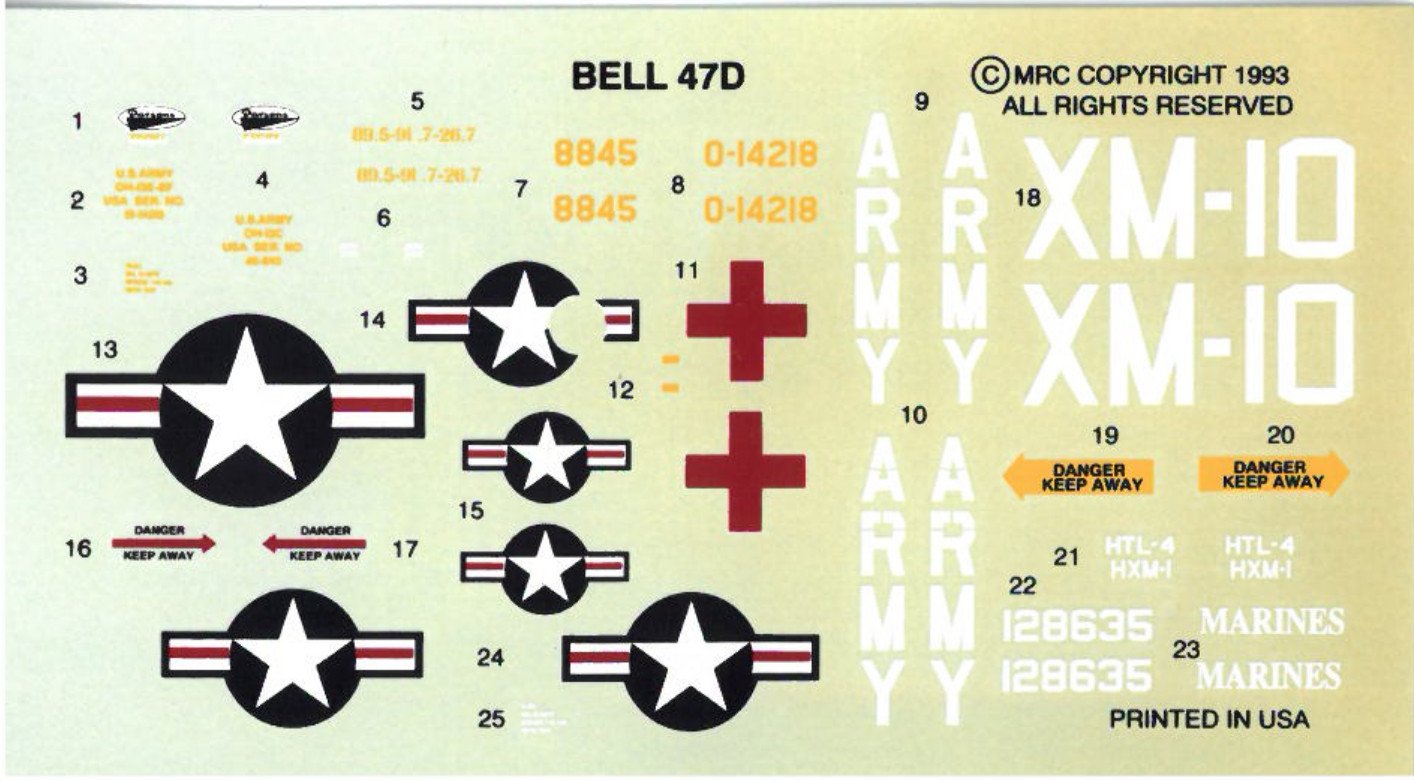
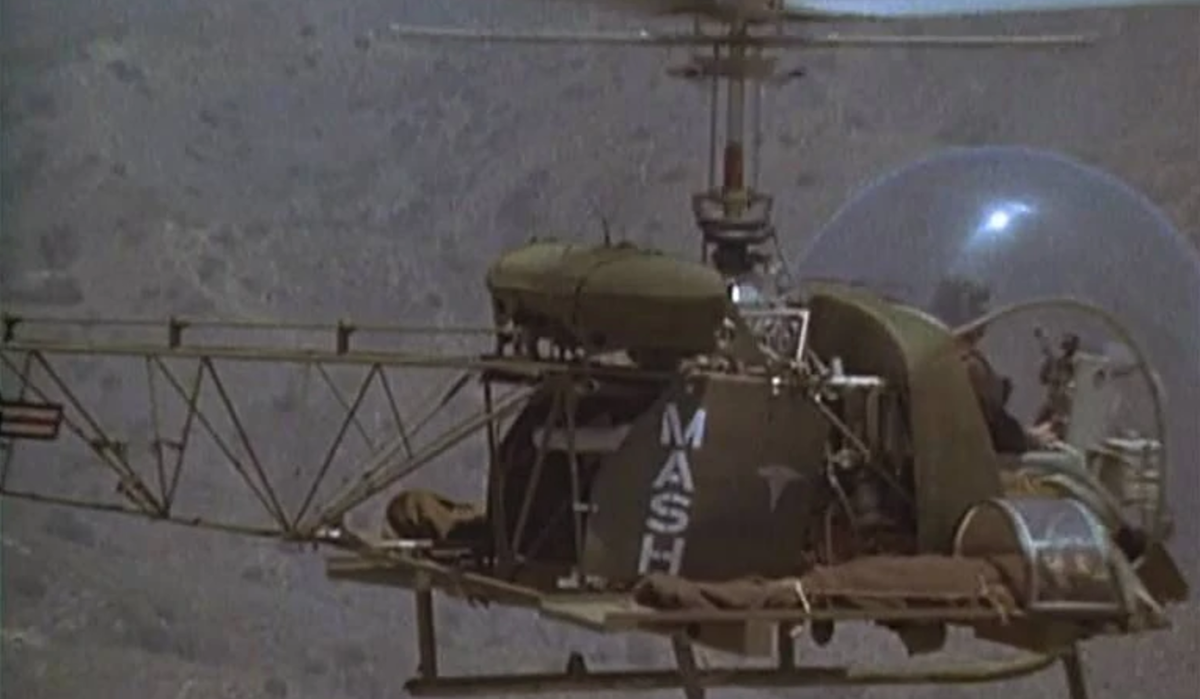
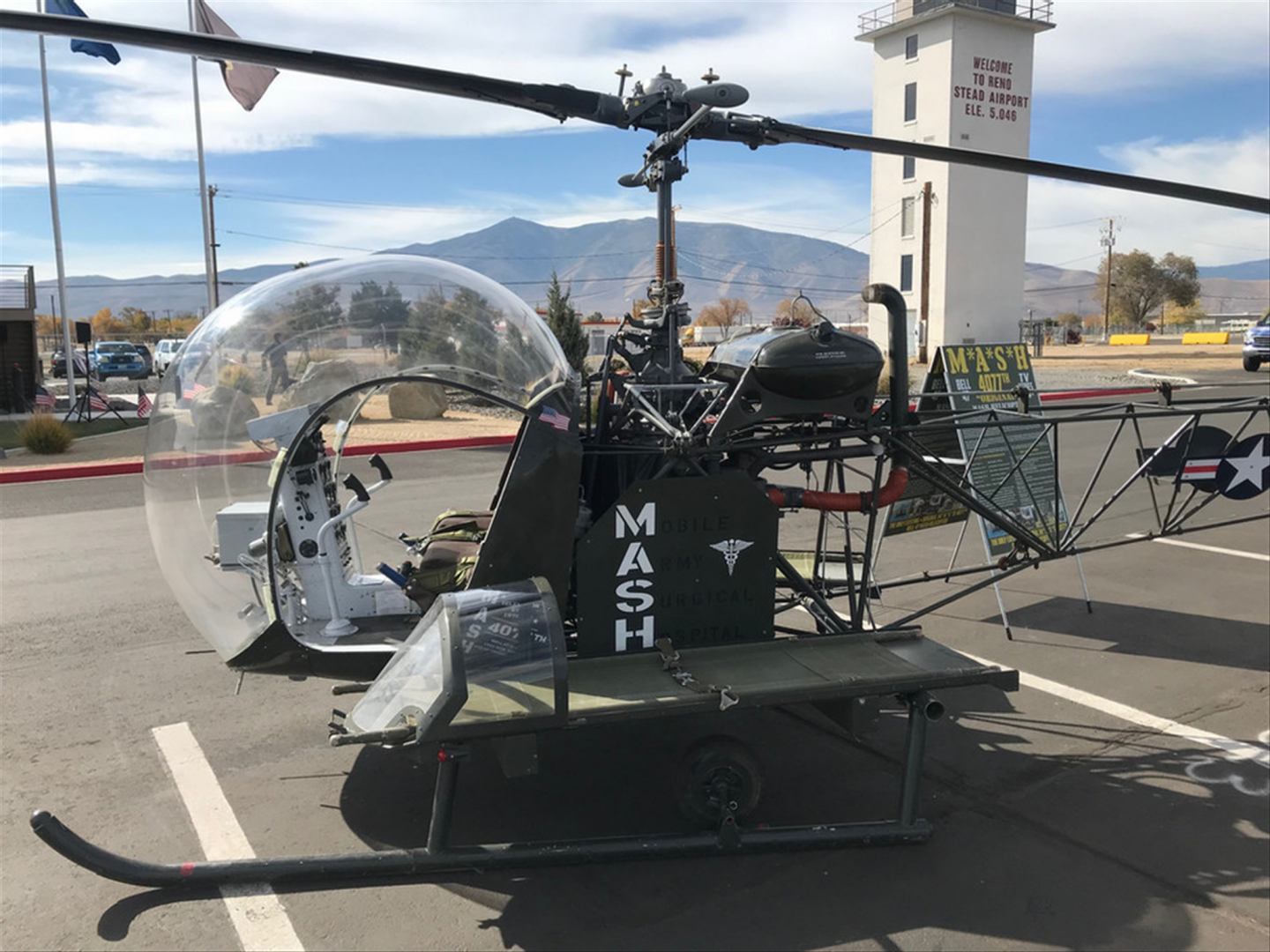
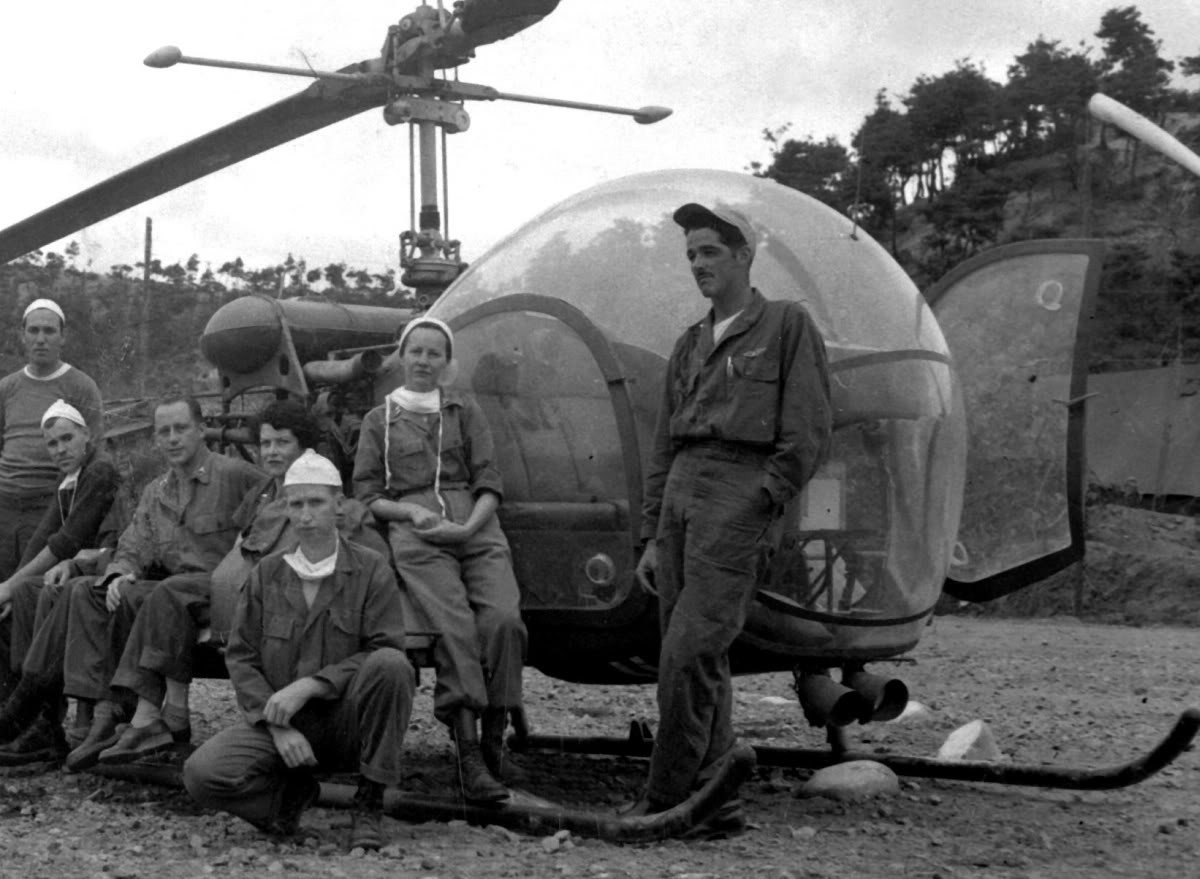
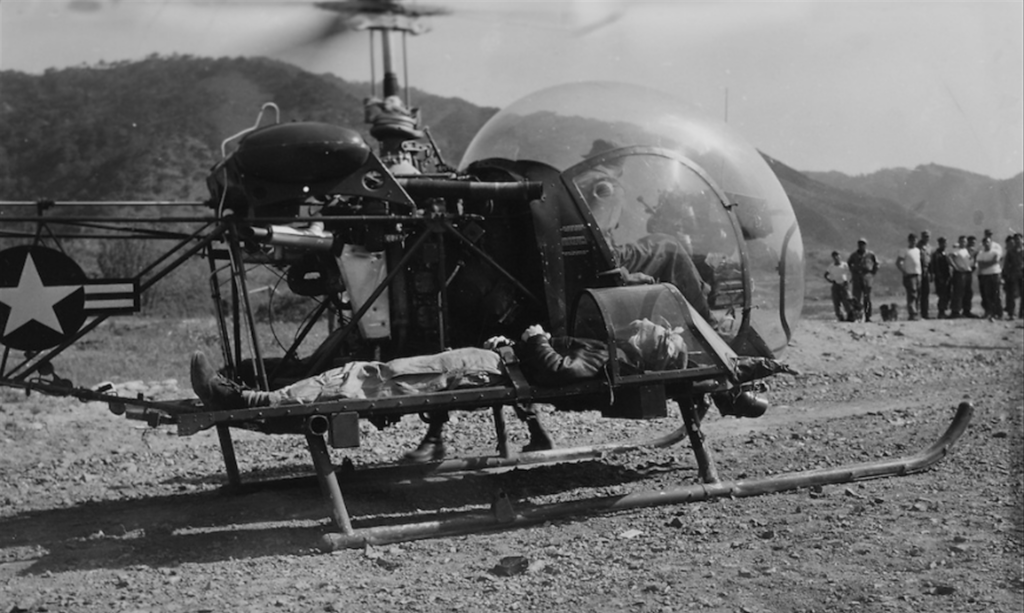
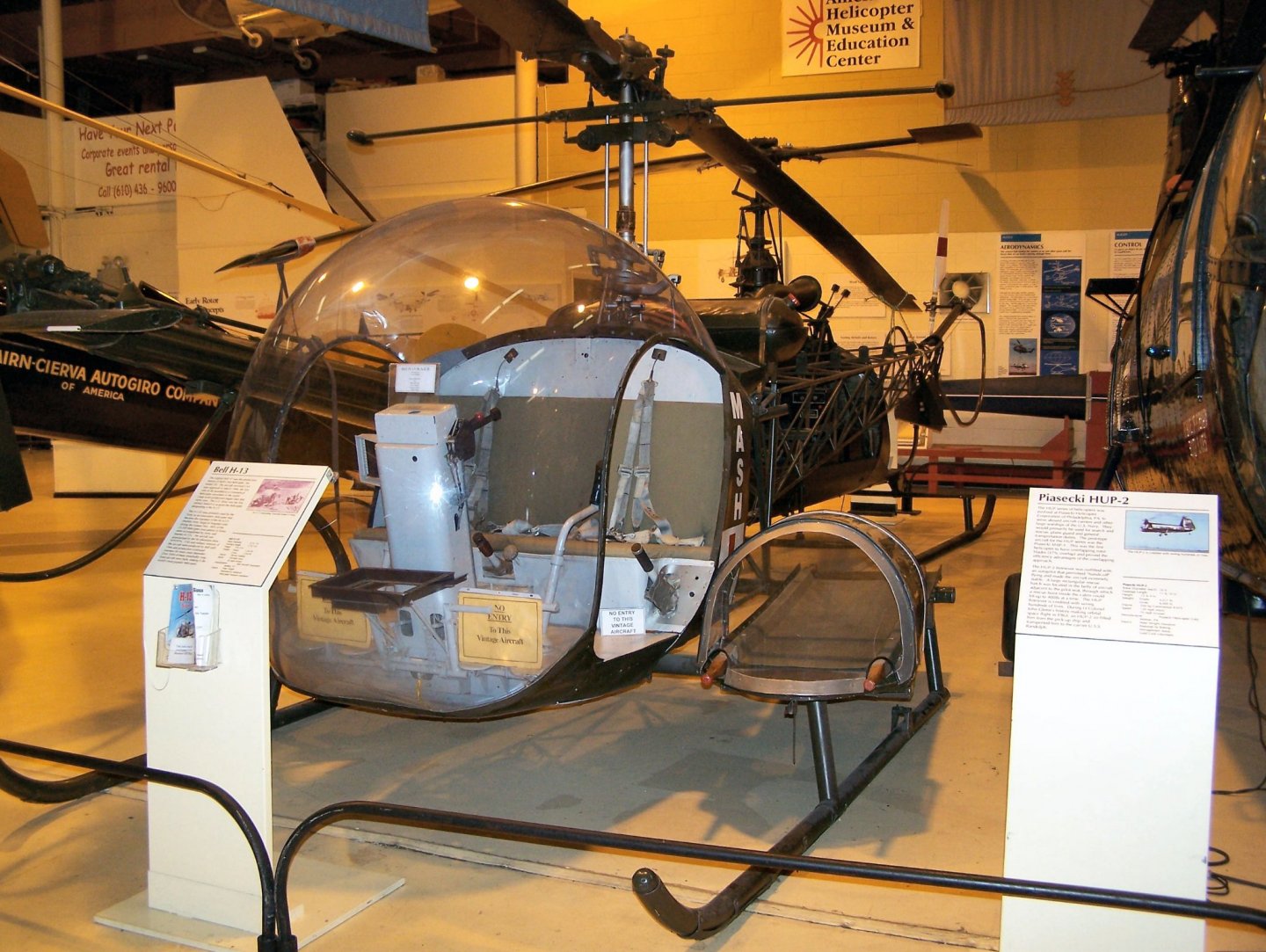
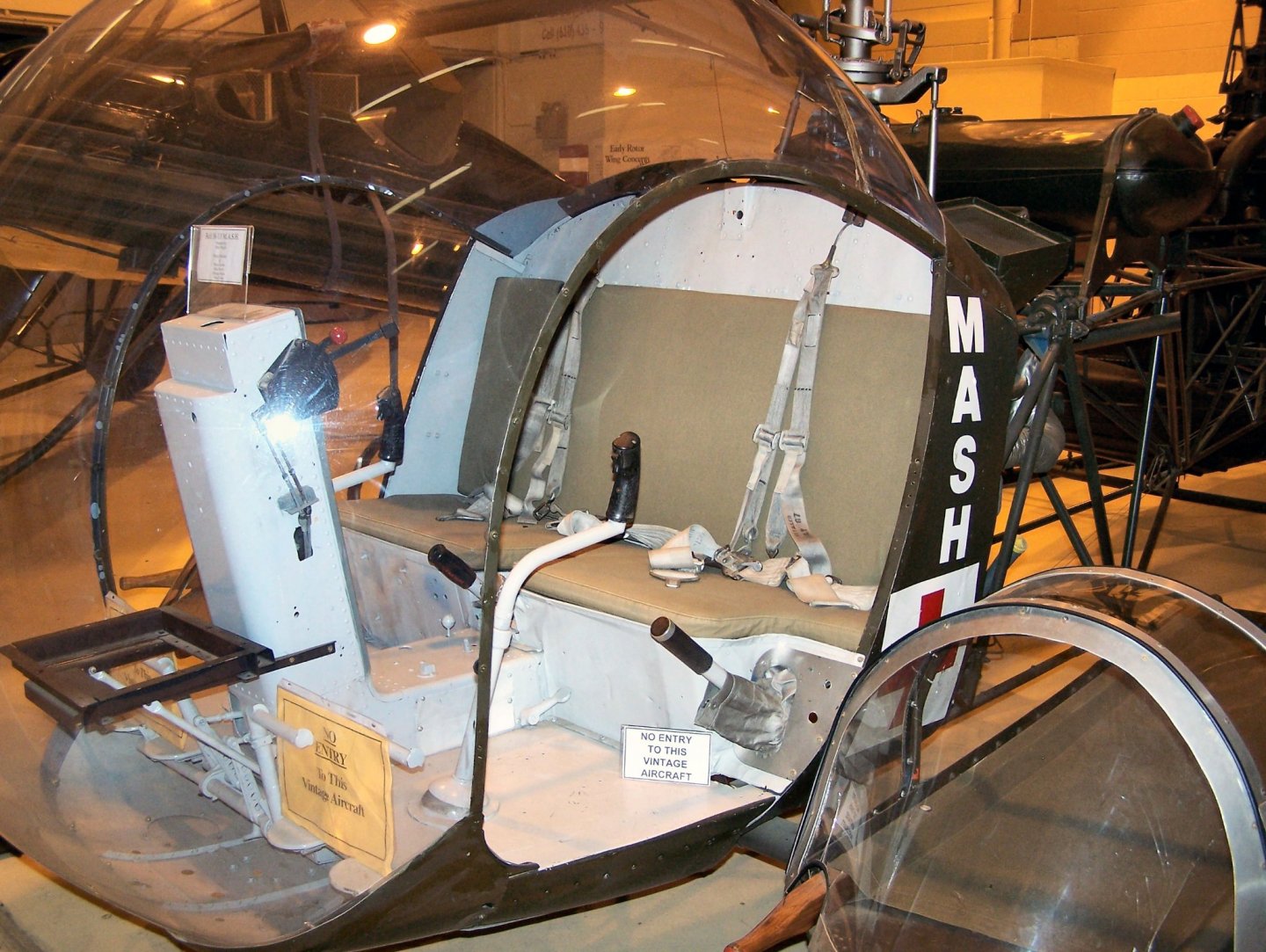

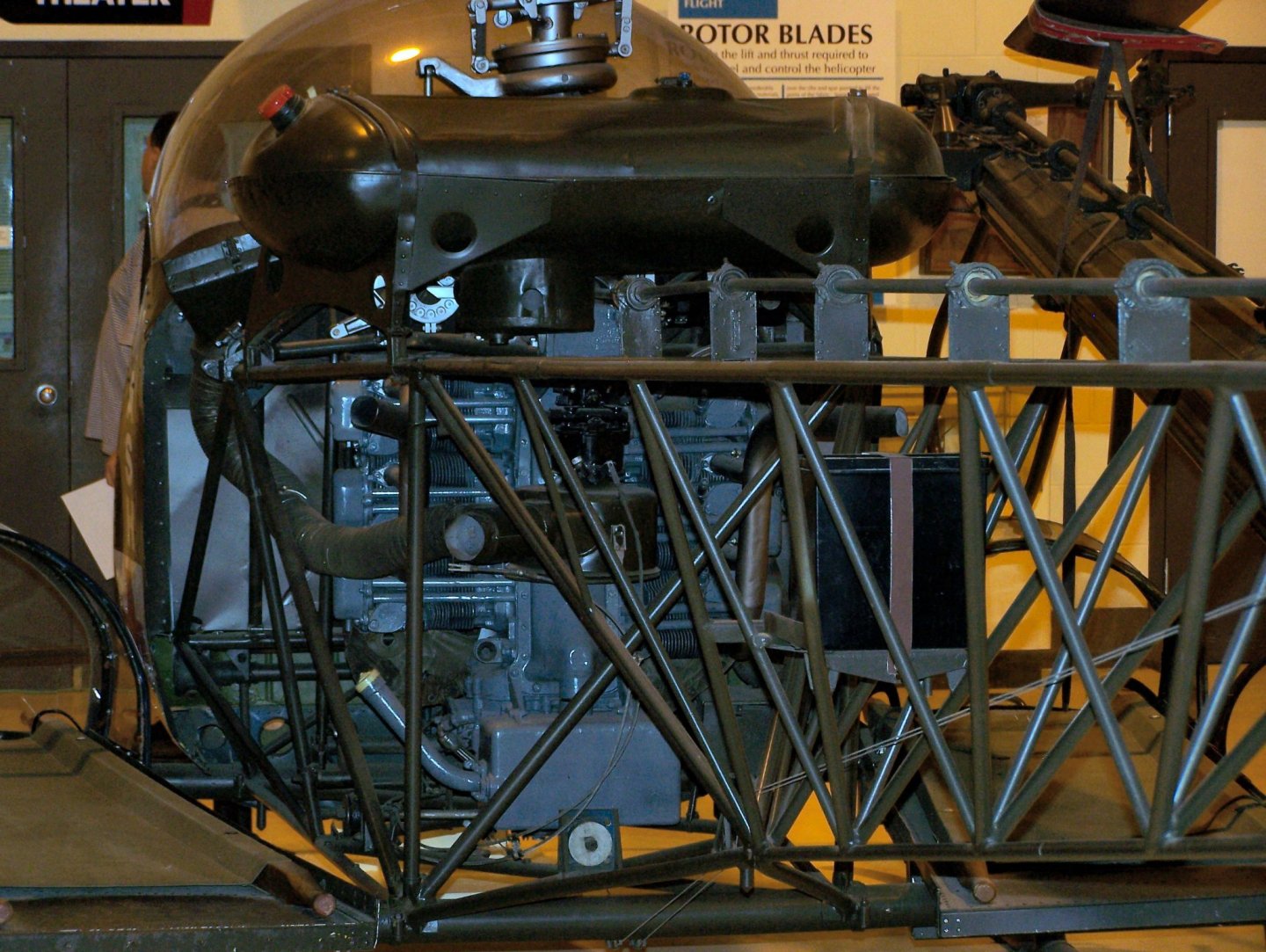
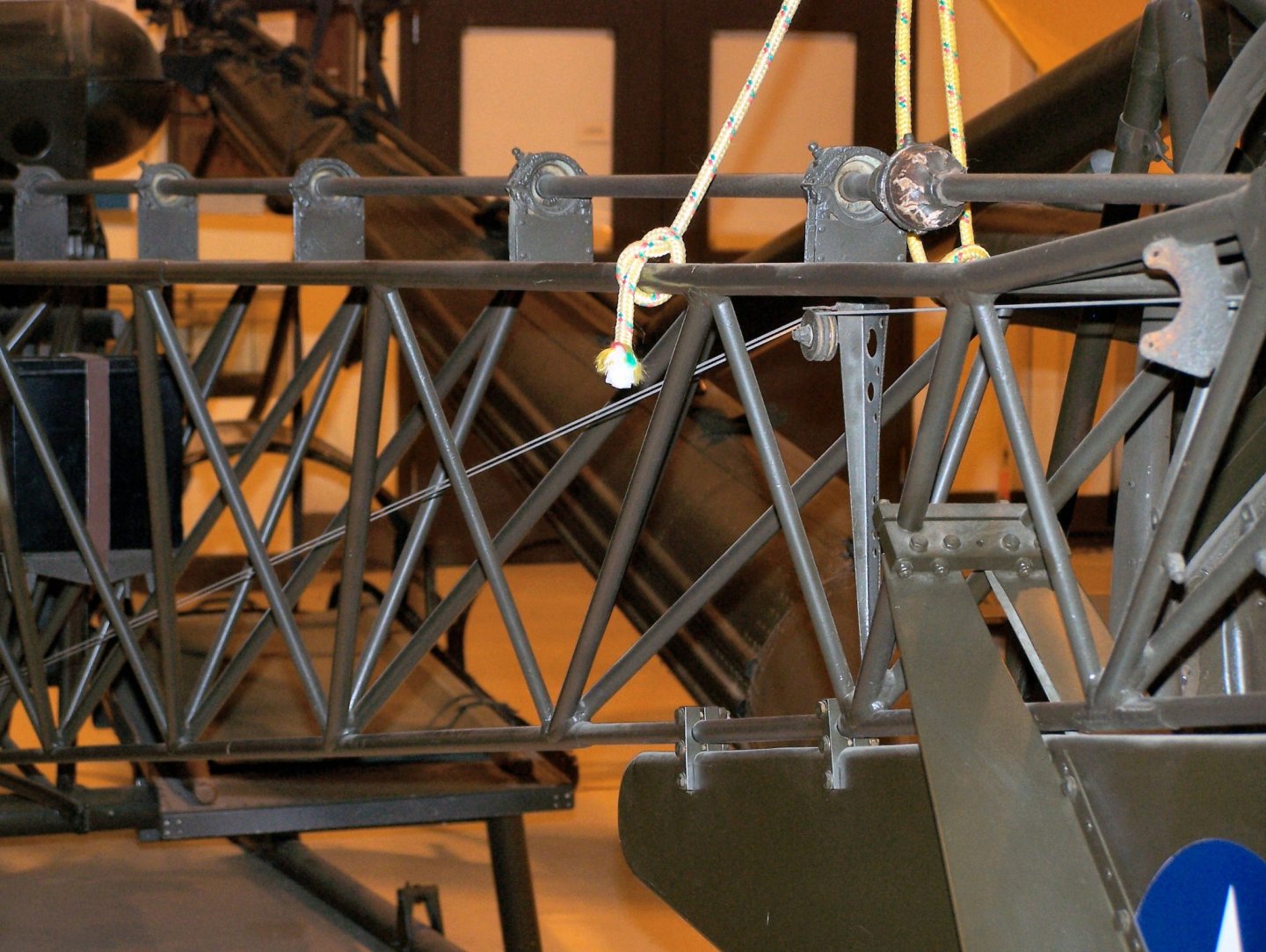
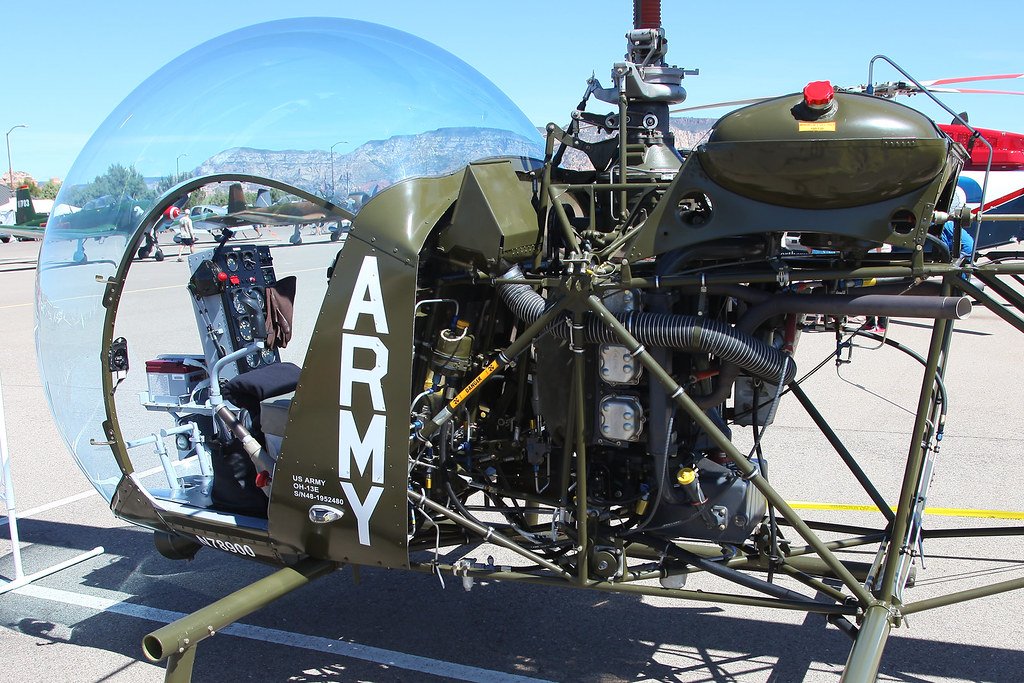

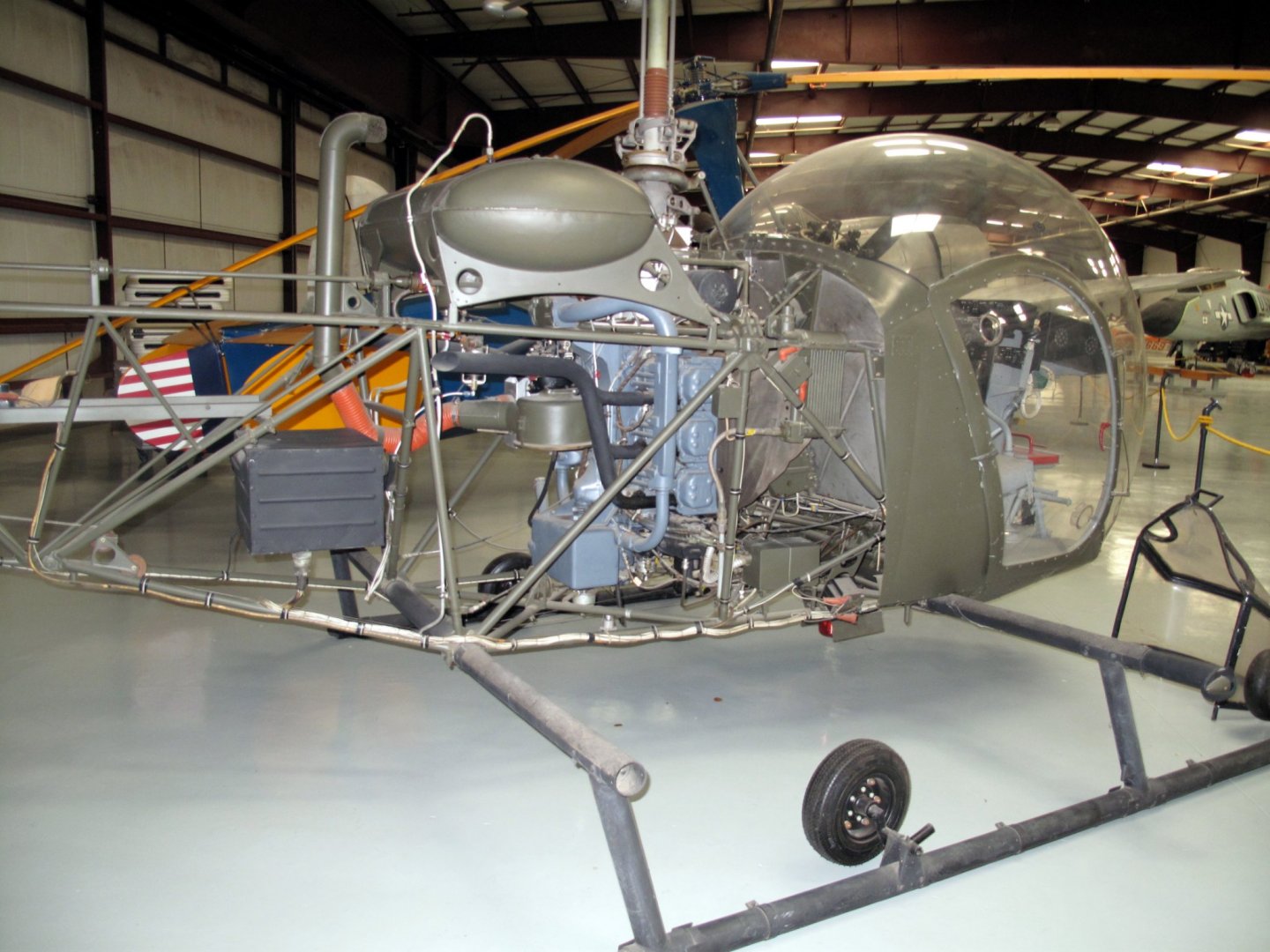
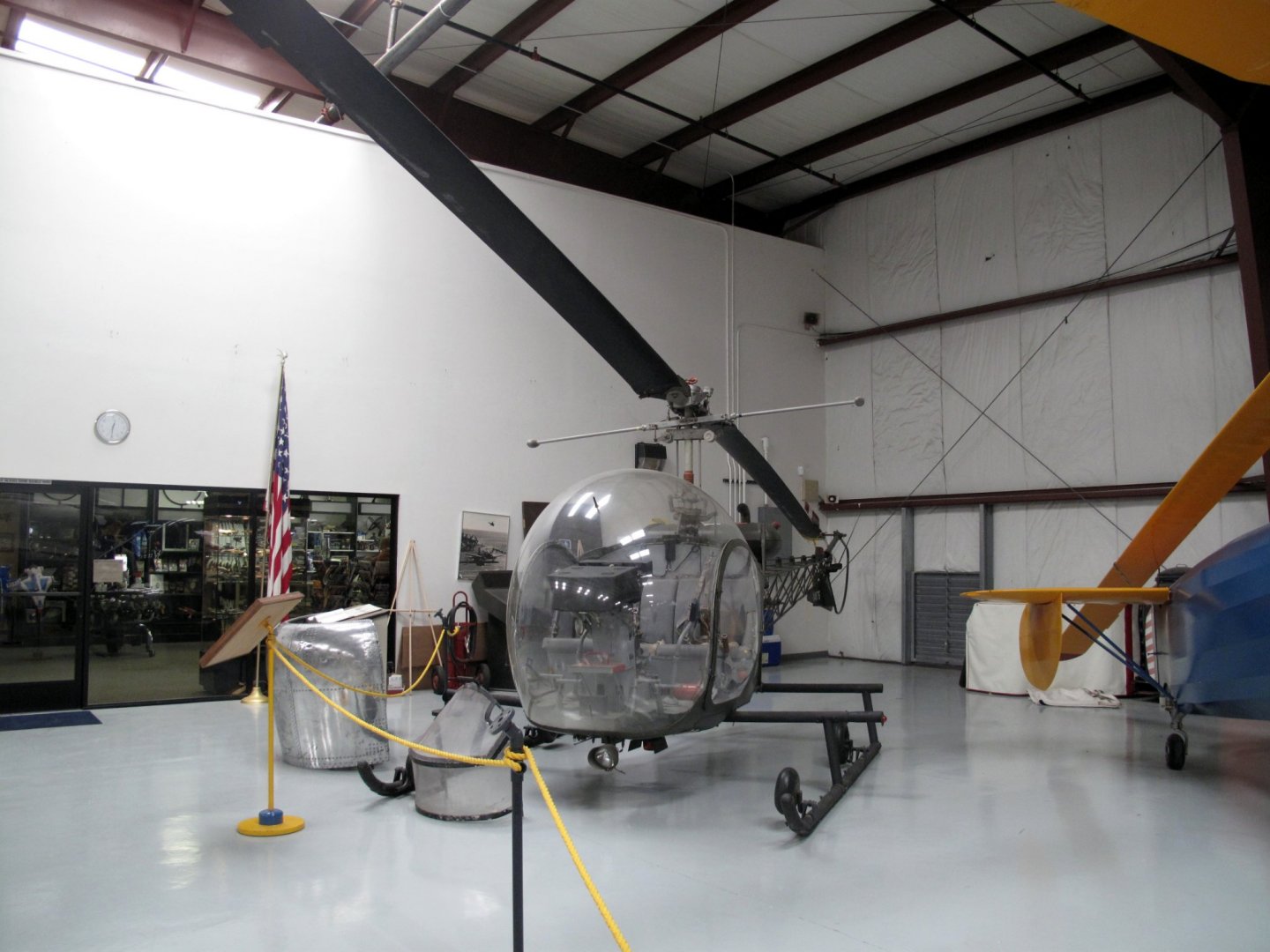
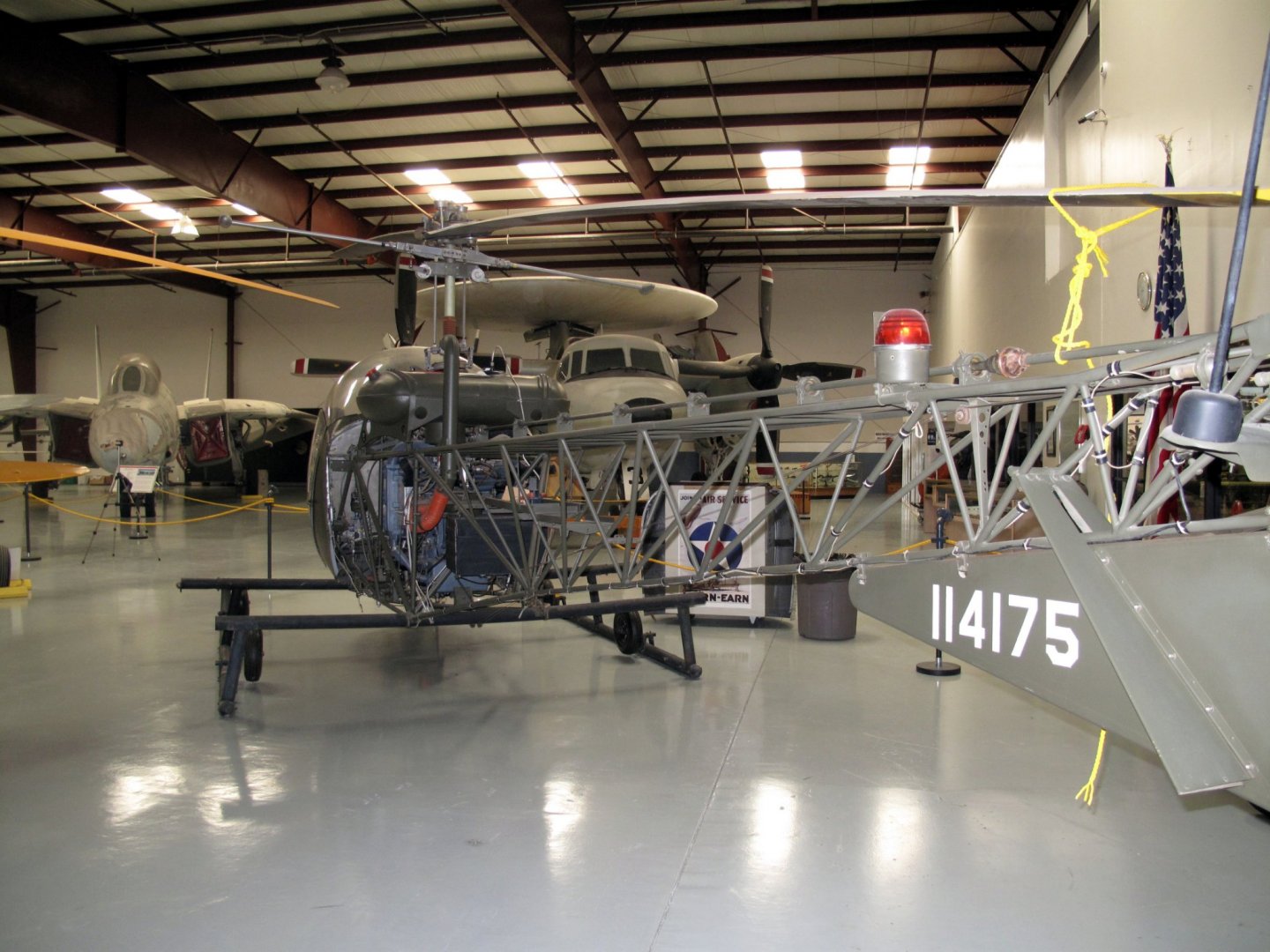
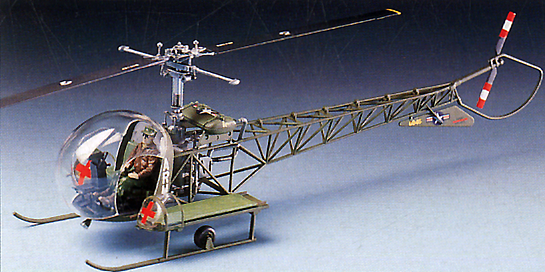
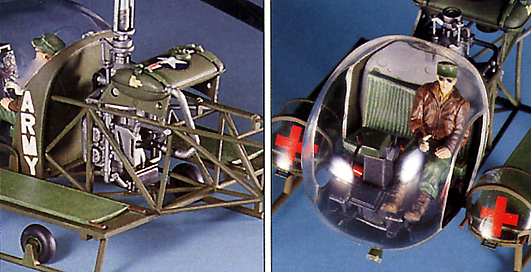
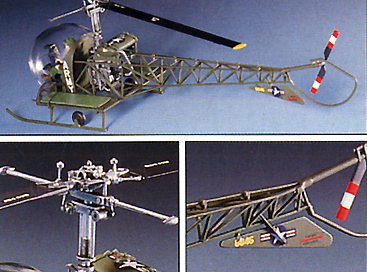
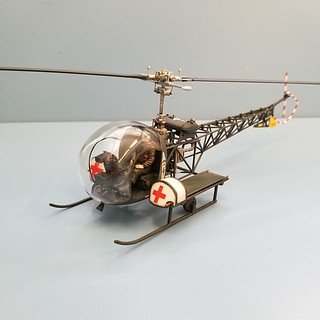
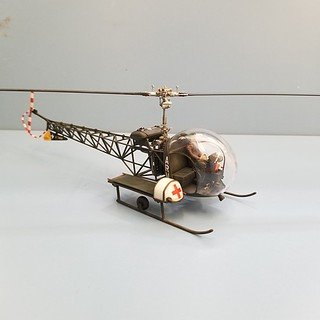

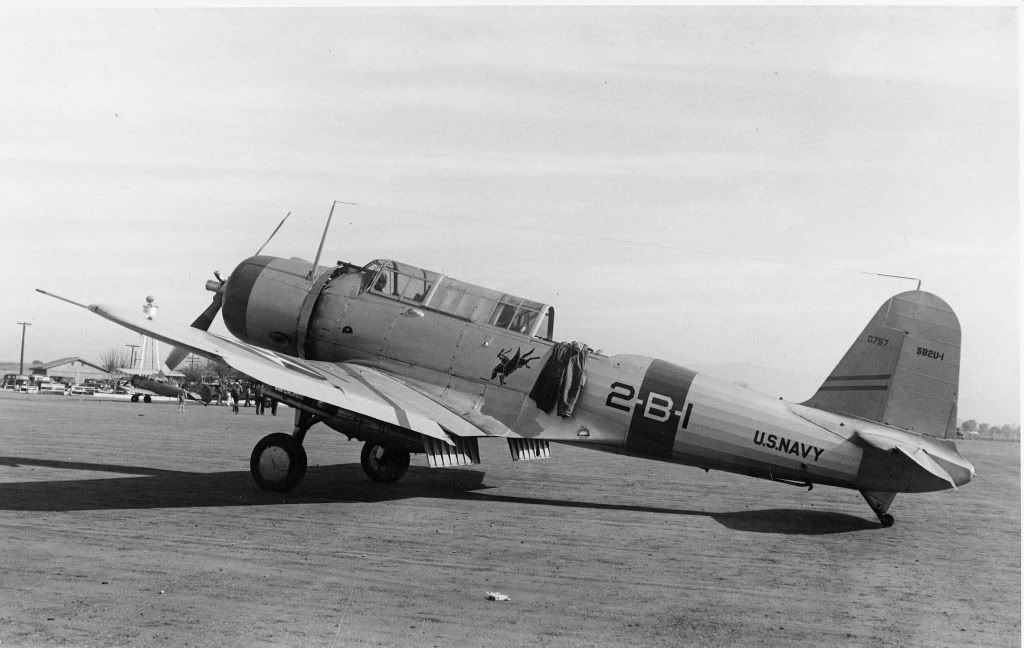
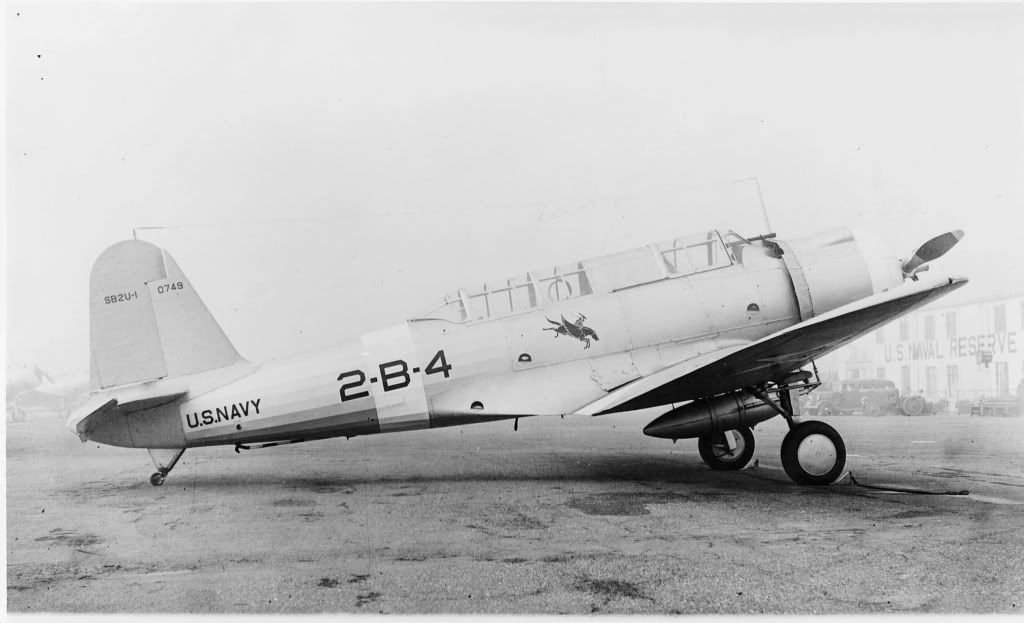
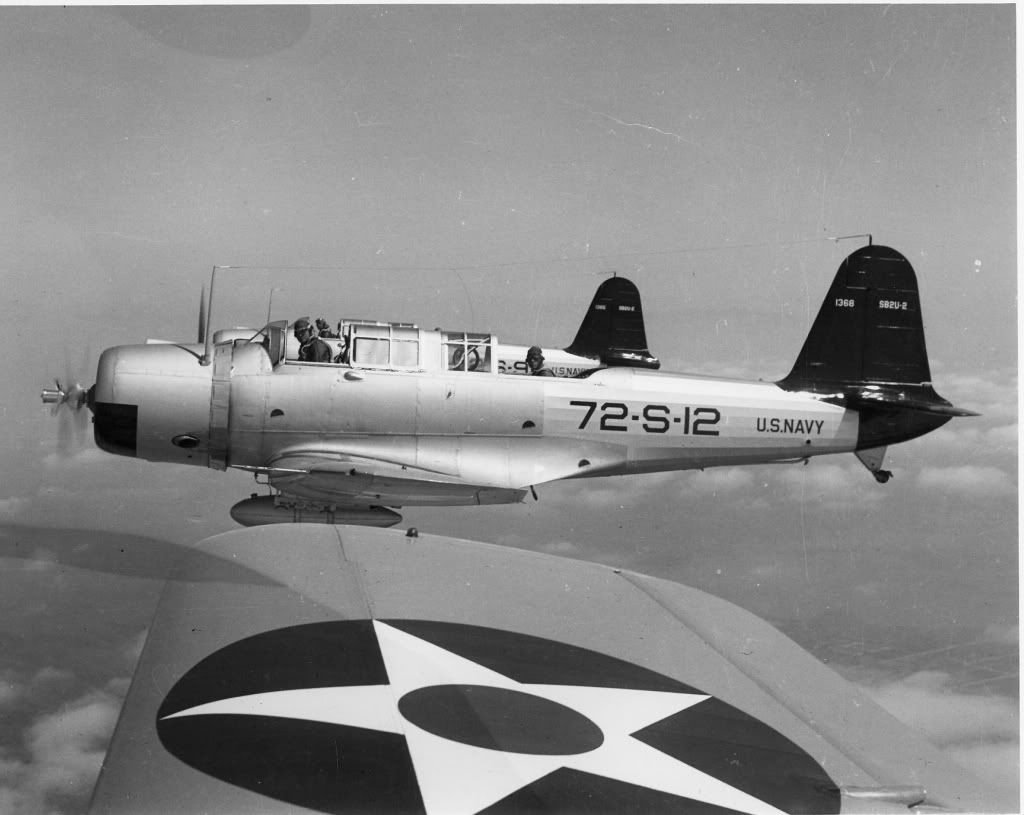
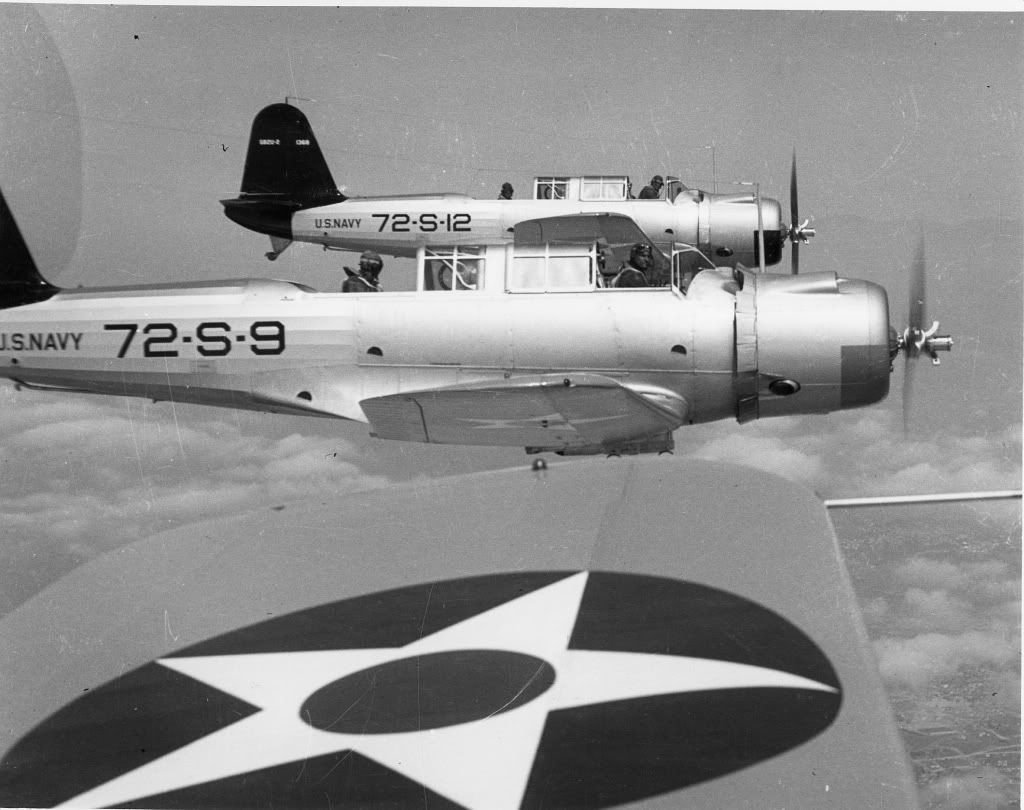
.jpg.0ee754abbb1e5d4420407f03d97e06a0.jpg)
